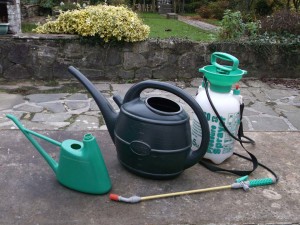Hi Cactus and Succulent Lovers, I hope that you are all having a wonderful growing season of 2025 so far, This Spring and Summer has been very different to previous years for me as I moved house at the end of April to another part of Ireland to a beautiful location right by the Sea, but I have been without a greenhouse due to it being a busy time of year for the greenhouse company to deliver and install our new greenhouse, we could be waiting another 3 months before they are able to deliver and install the greenhouse too argh! the good news is we finally have the concrete foundation floor built that is essential to support our new greenhouse, but all is in plan and our new greenhouse will be up and running to house my cacti and succulents within the next three months just in time for the upcoming Winter.
The plants have all settled in really well after the big house move and most of them are all outside in my coastal garden enjoying the glorious Spring & Summer that we are having this year, I have been so lucky with the plants being outside as its one of the best Spring and Summers in UK & Ireland that I can remember for a long time, if it had been like any other Summer I would have had to keep all the plants inside the house to protect them from the Irish summer rain but they are all outside enjoying the sunshine and the amazingly much warmer and sunnier and drier than usual Summer.
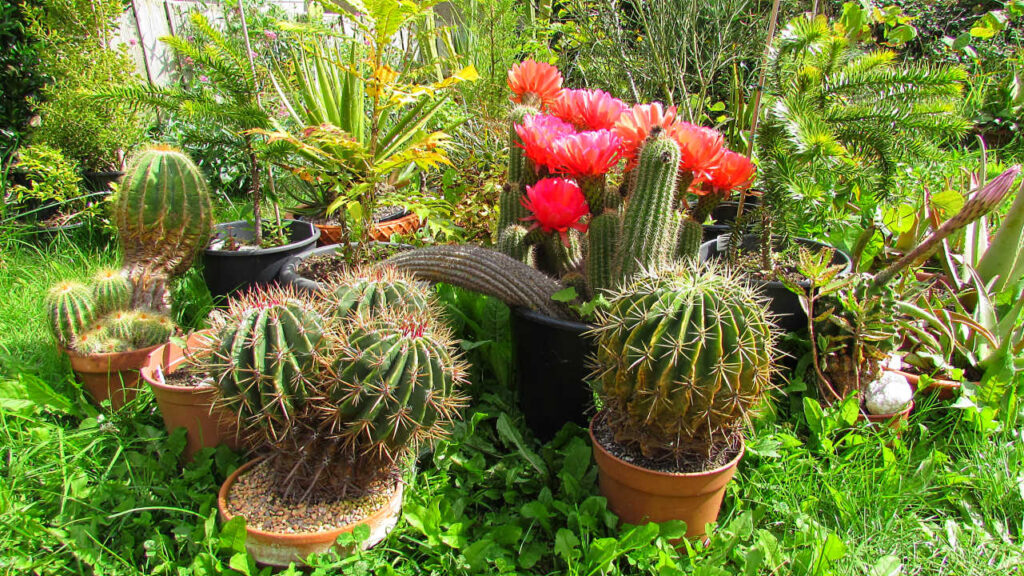
My Cacti have all been outside in the garden enjoying the fresh sea air this Spring & Summer.
My Cacti have really awarded me this Spring and Summer with the most beautiful of cactus flowers, being outside with the fresh sea air and the sunny Spring and Summer has really given them all a blooming amazing boost.
If my new greenhouse is not up and running by the middle of October I will have to move them all into the house to protect them all until the new greenhouse is built, obviously thats not what I want to do as its a lot of work moving plants in and out and I don’t want my lovely new home to be packed to the rooftop with cacti hahaha! but we have to do what we have to do to protect our plant babies until the greenhouse is here, and I know once the greenhouse is up and running I will have a wonderful time putting the plants in there and making them all nice and cosy for their winter rest period.
Here are some photos of my blooming cactus beauties that I want to share with you all and I hope you enjoy the flowers as much as I have.
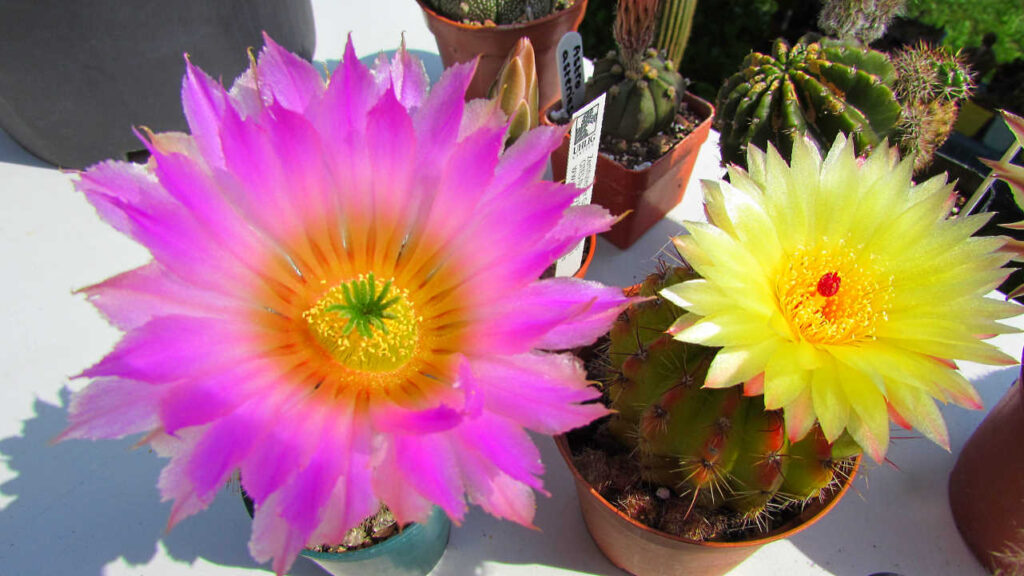
Echinocereus armatus and Parodia ottonis August 2025
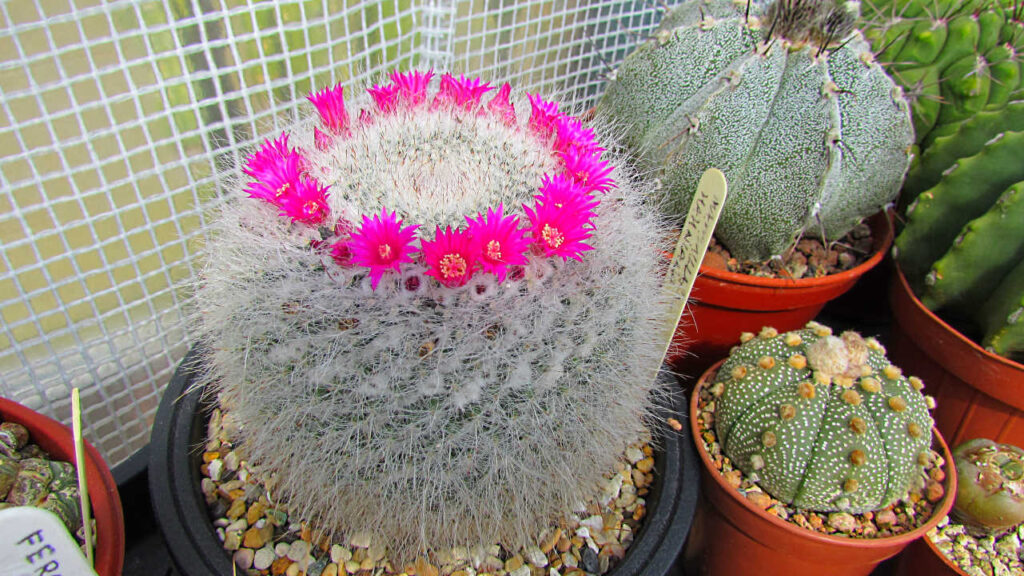
Mammillaria hahniana June 2025
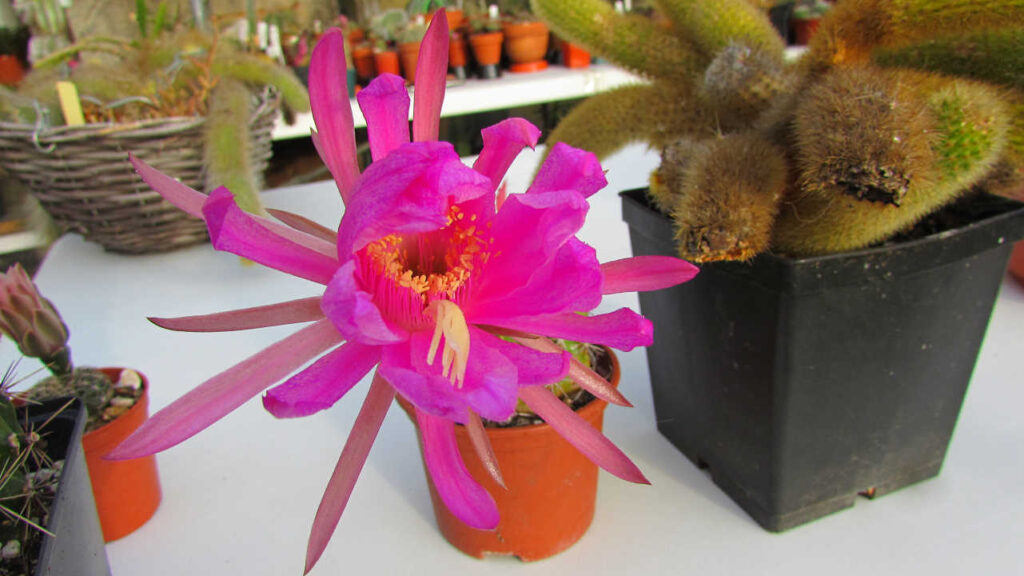
Echinopsis obrepanda var.purpurea August 2025
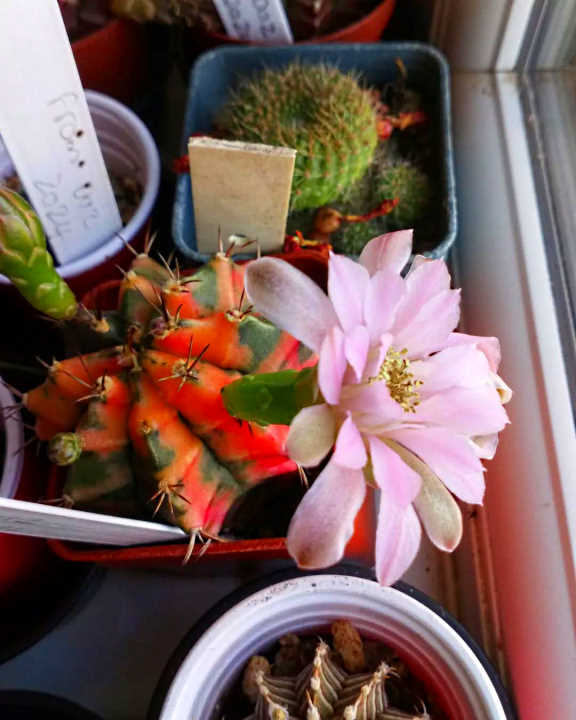
Gymnocalycium mihanovicii variegata blooming constantly since May 2025
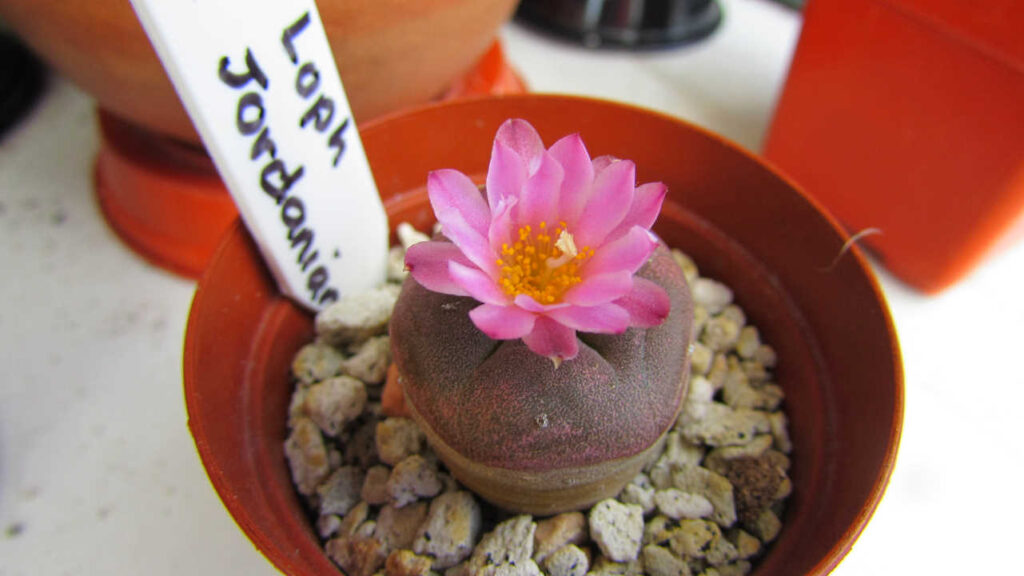
Lophophora jordaniana August 2025
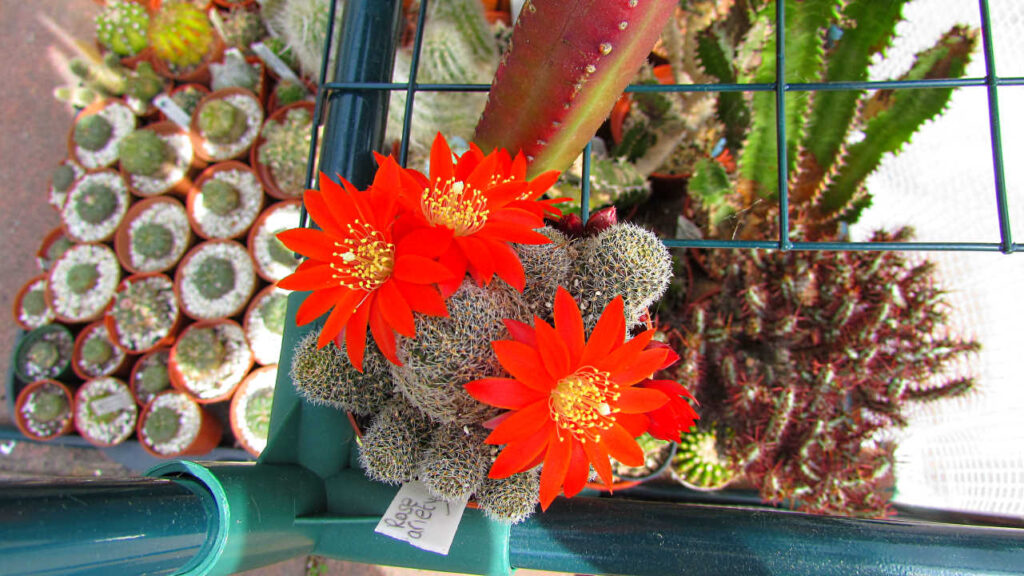
Rebutia variety June 2025
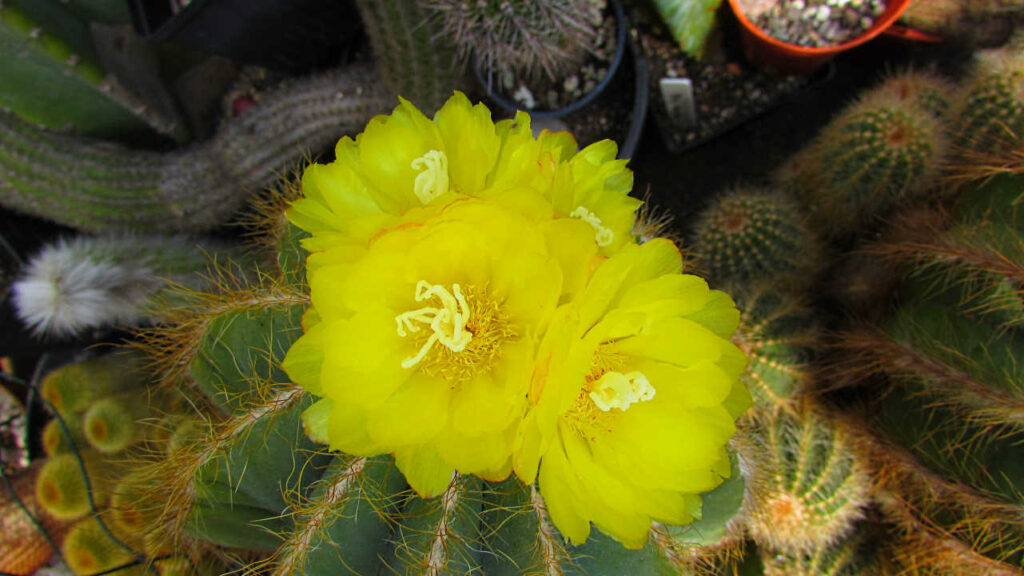
Parodia warasii July 2025
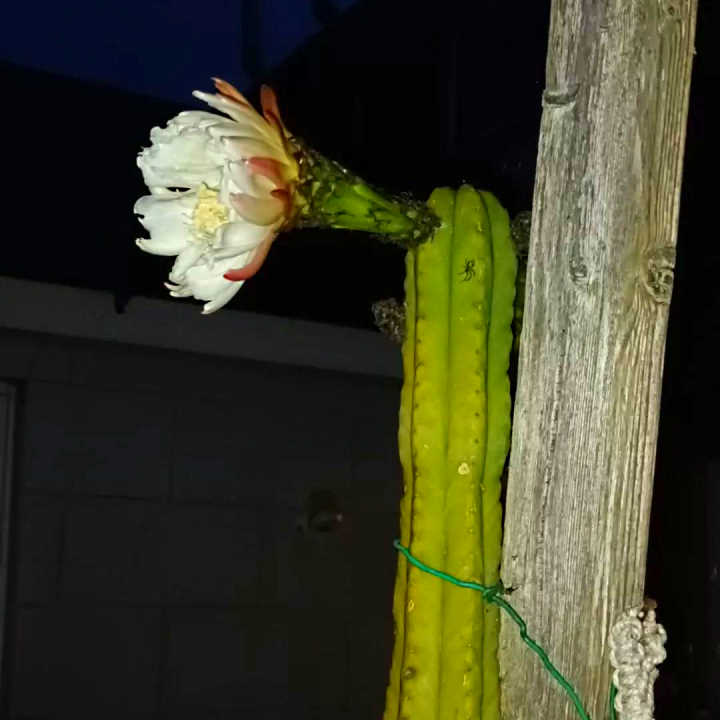
Trichocereus pachanoi x scopulicola 7 feet high blooming at night August 2025
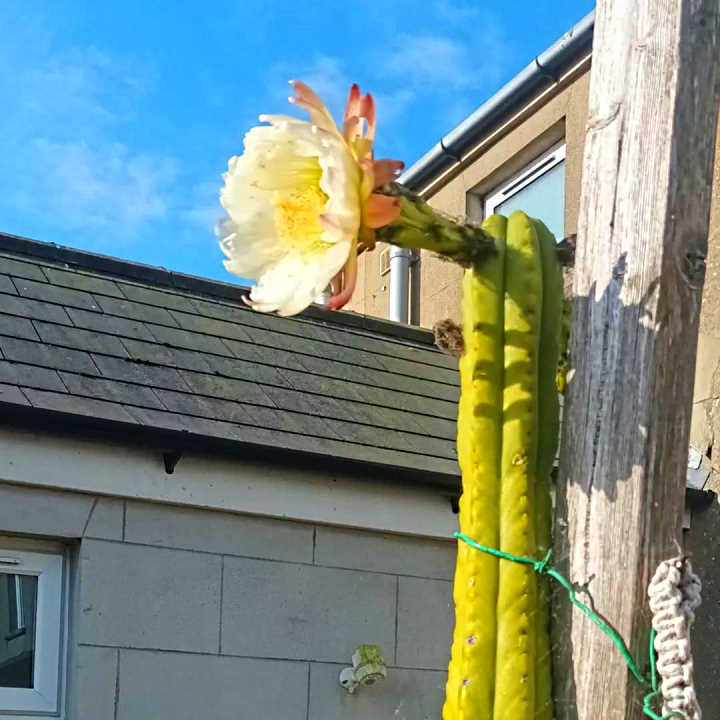
Trichocereus pachanoi x scopulicola 7 feet high blooming by day August 2025
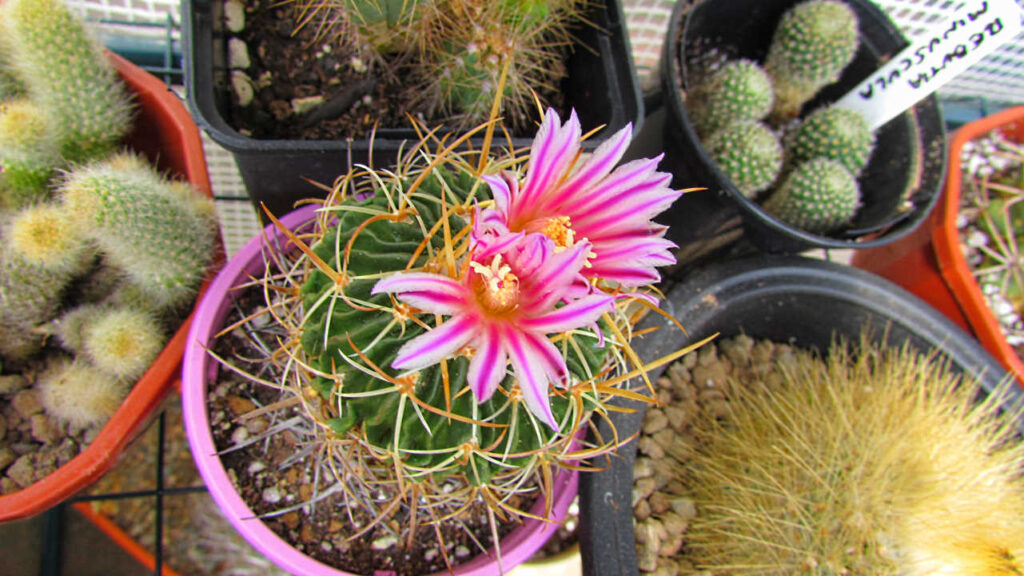
Stenocactus multicostatus June 2025
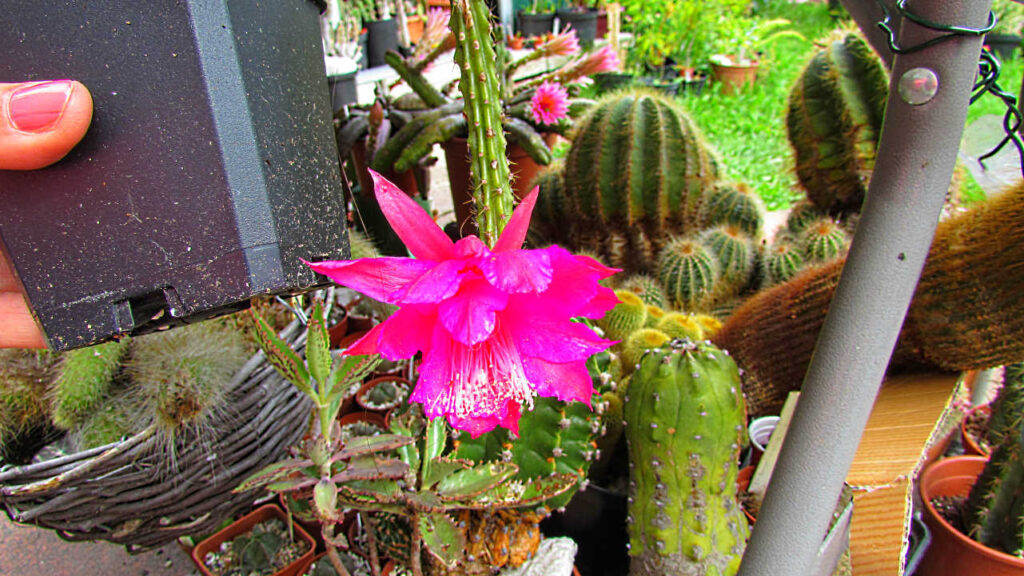
Aporocactus mallisonii June 2025
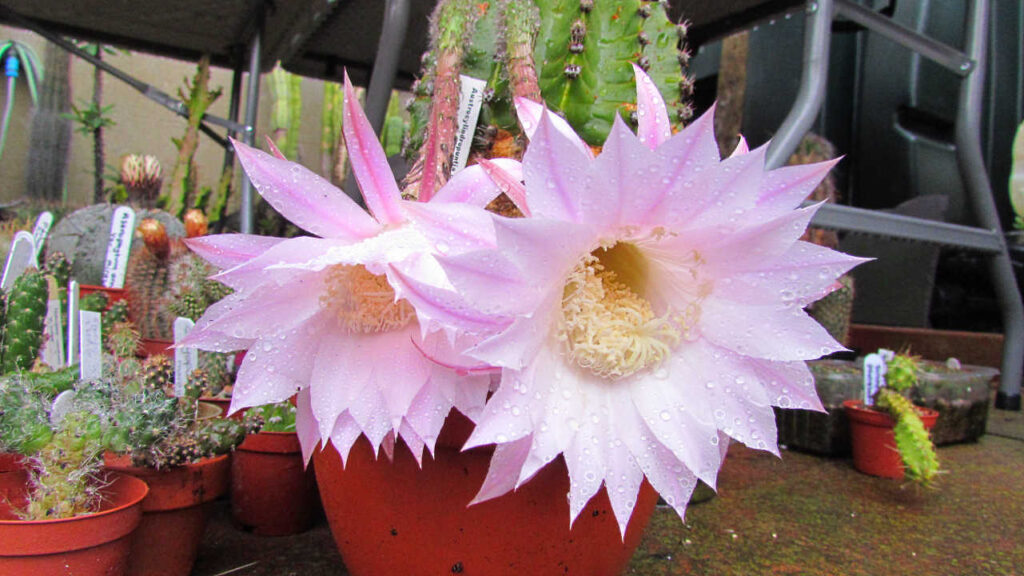
Echinopsis eyeresii August 2025
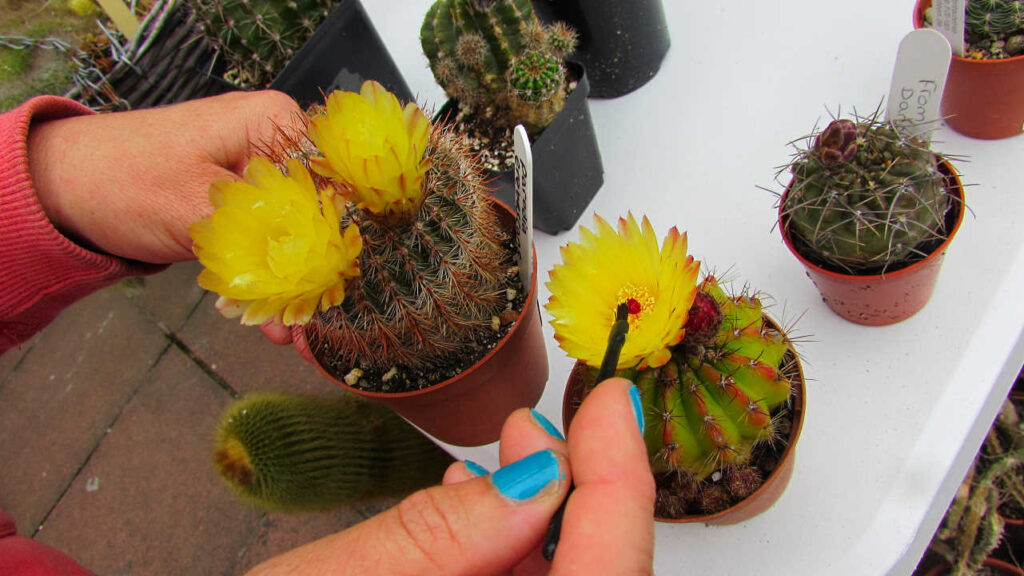
Cross pollinating my two Parodia cacti: Parodia erebescens and Parodia ottonis to get seeds August 2025
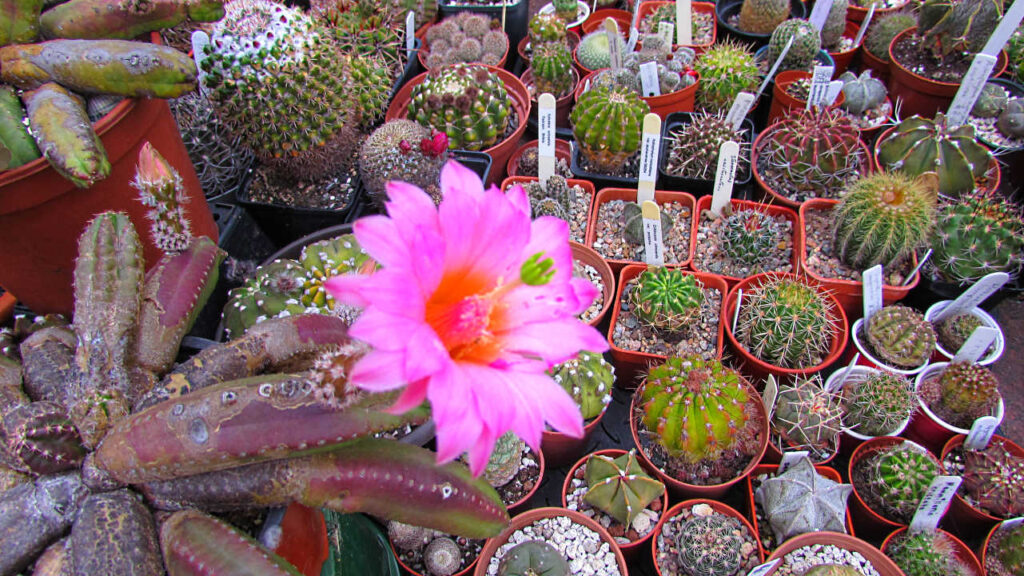
Echinocereus gentryi var. Cucumis June 2025
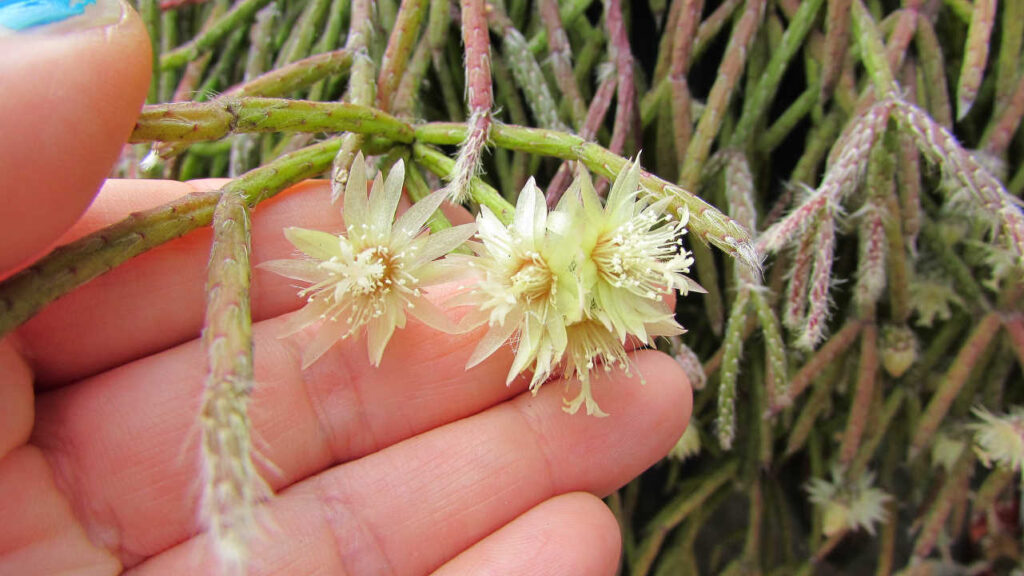
Rhipsalis pilocarpa August 2025
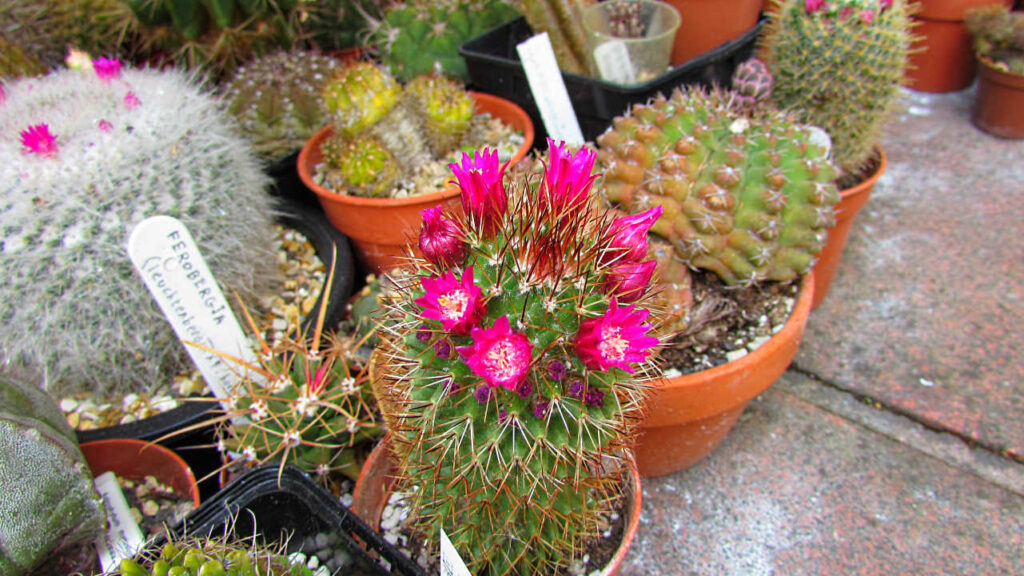
Mammillaria variety July 2025
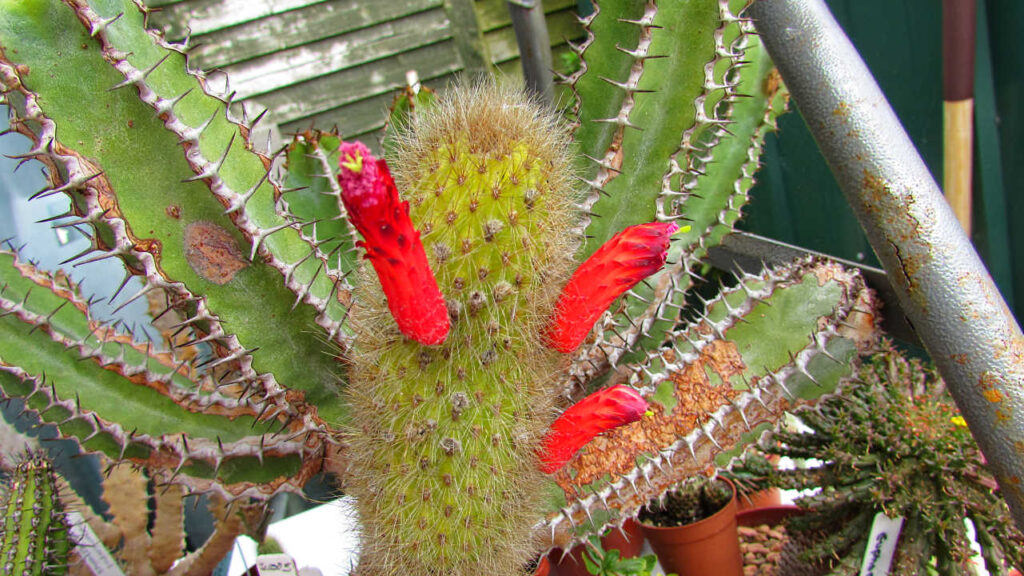
Cleistocactus vulpis cauda August 2025
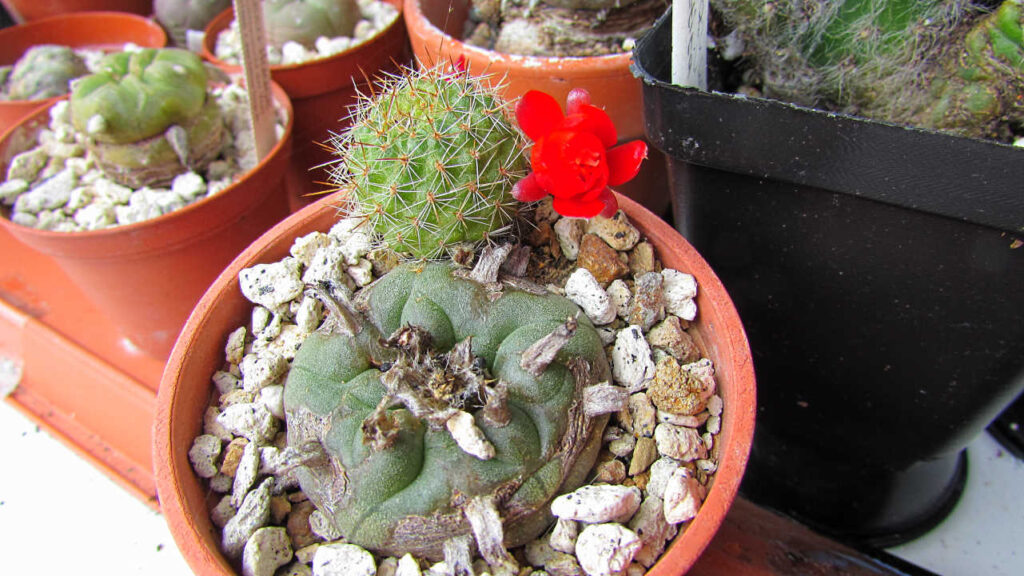
Rebutia seedling that germinated in one of my Lophophora cactus pots August 2025
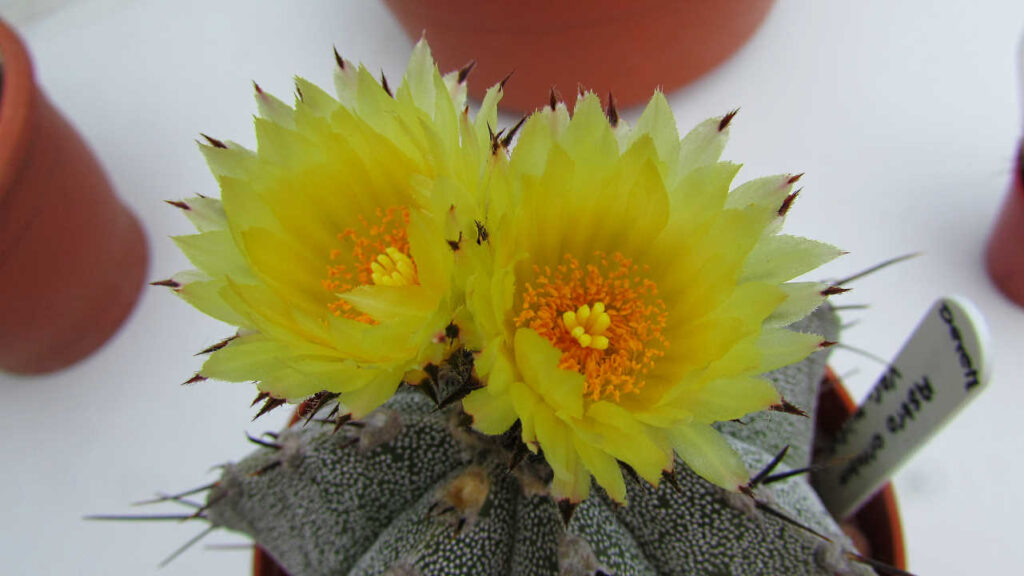
Astrophytum ornatum var. mirabelli August 2025
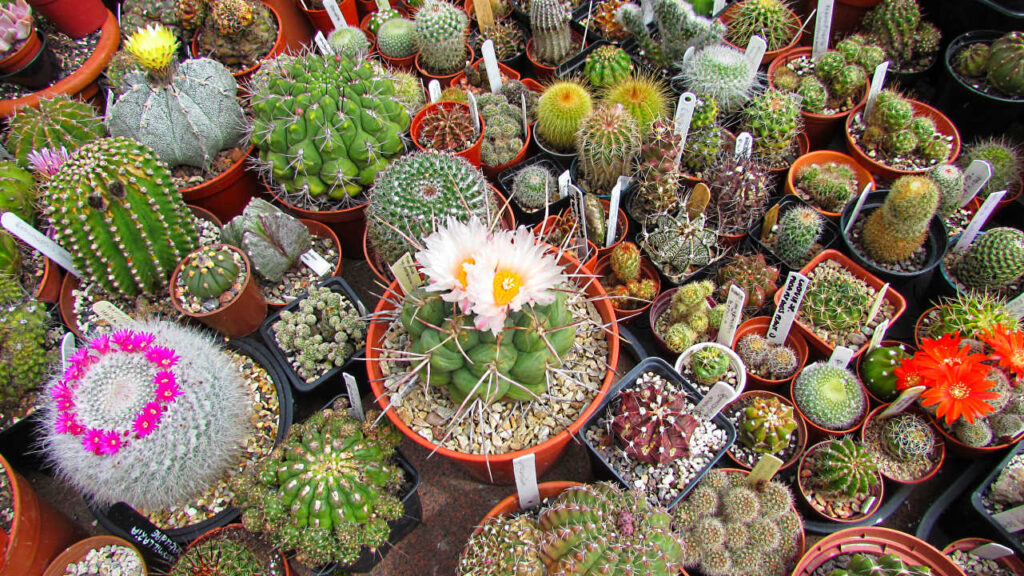
A selection of my cacti all blooming beautiful June 2025
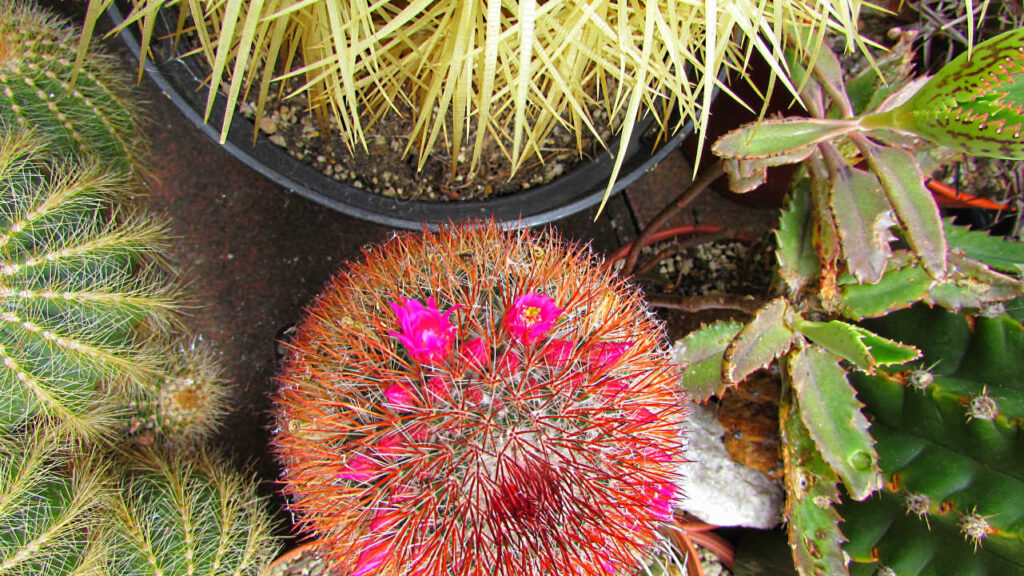
Mammillaria spinosissima July 2025
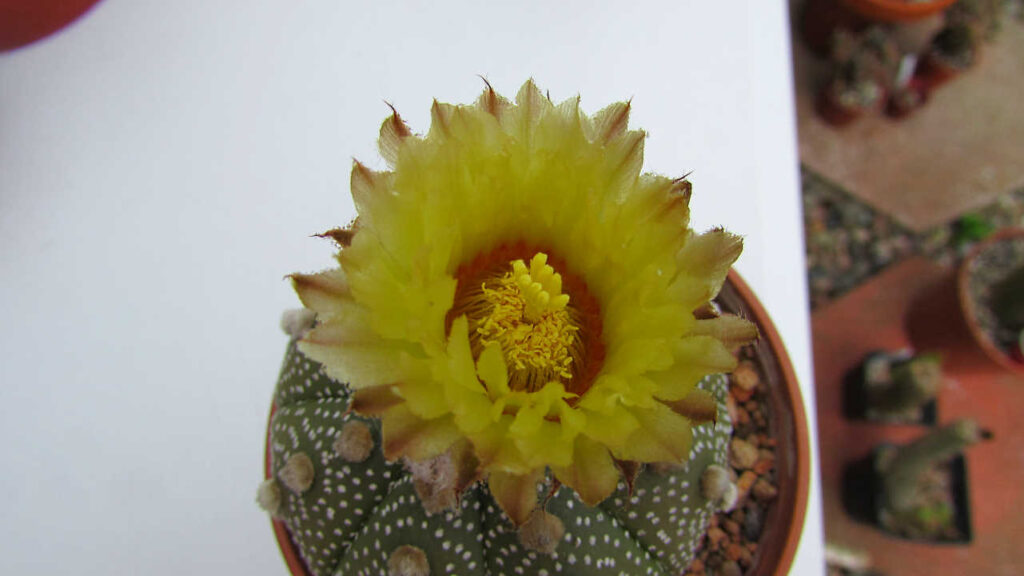
Astrophytum asterias August 2025
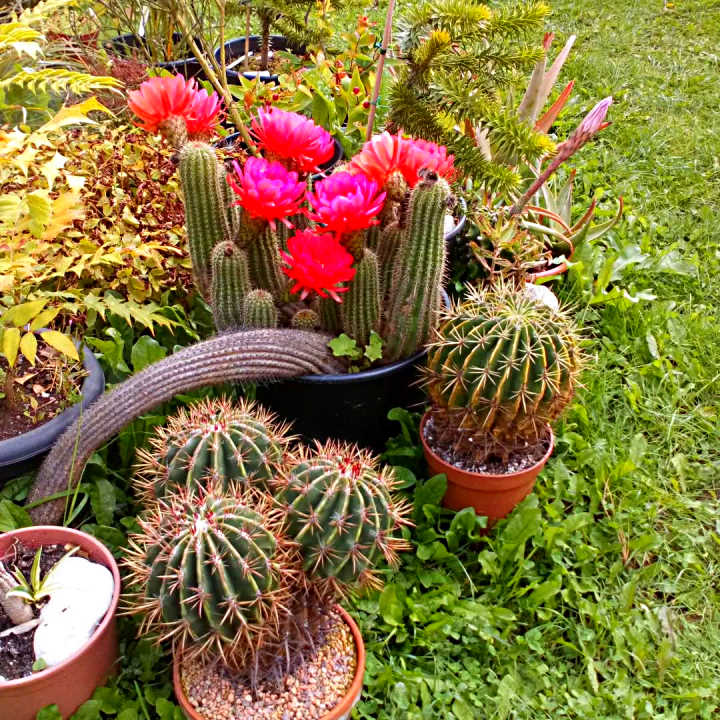
My Trichocereus grandiflorus ‘Red Star’ August 2025
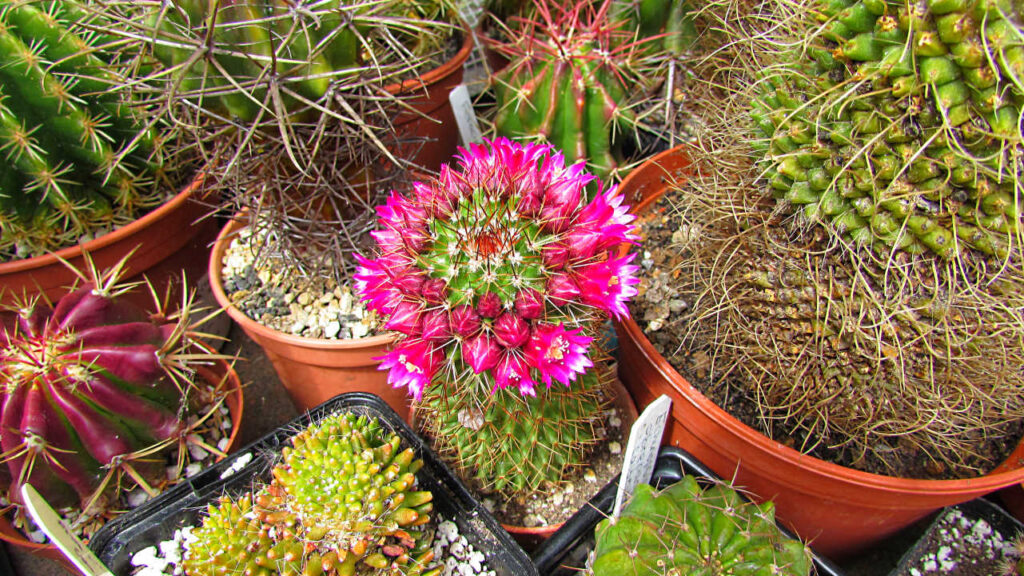
Mammillaria variety July 2025
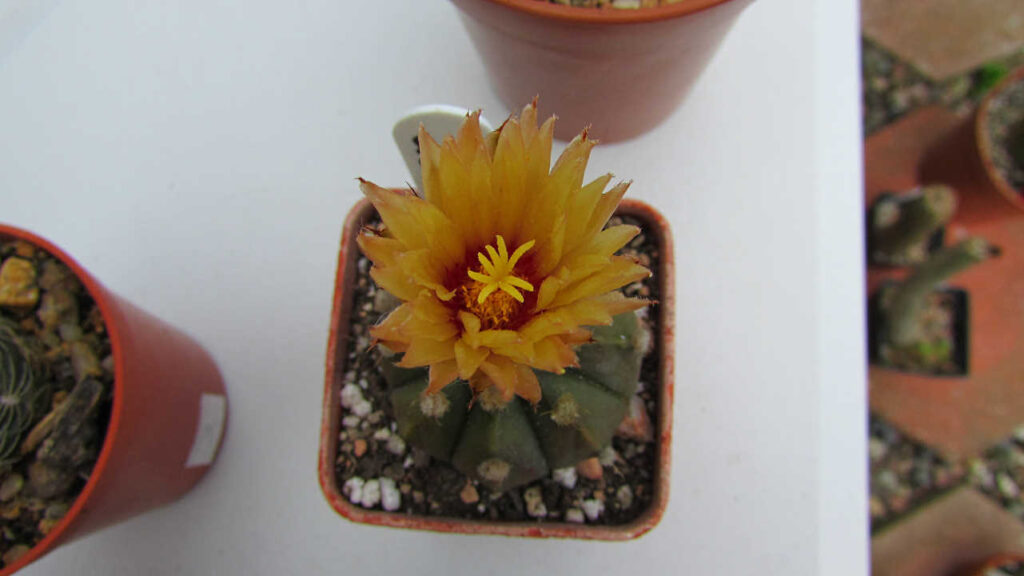
Astrophytum asterias var. nudum August 2025
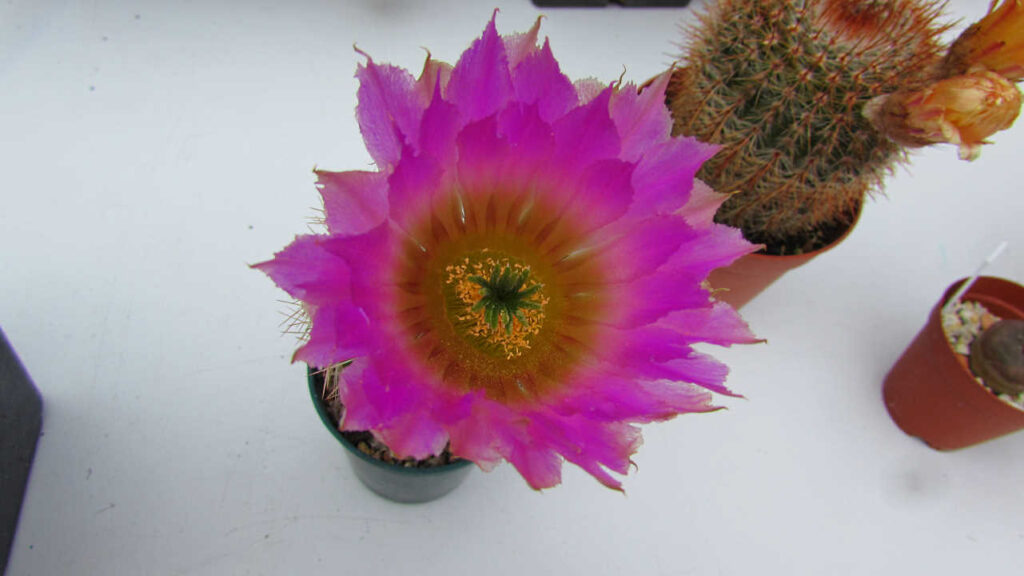
Echinocereus armatus August 2025
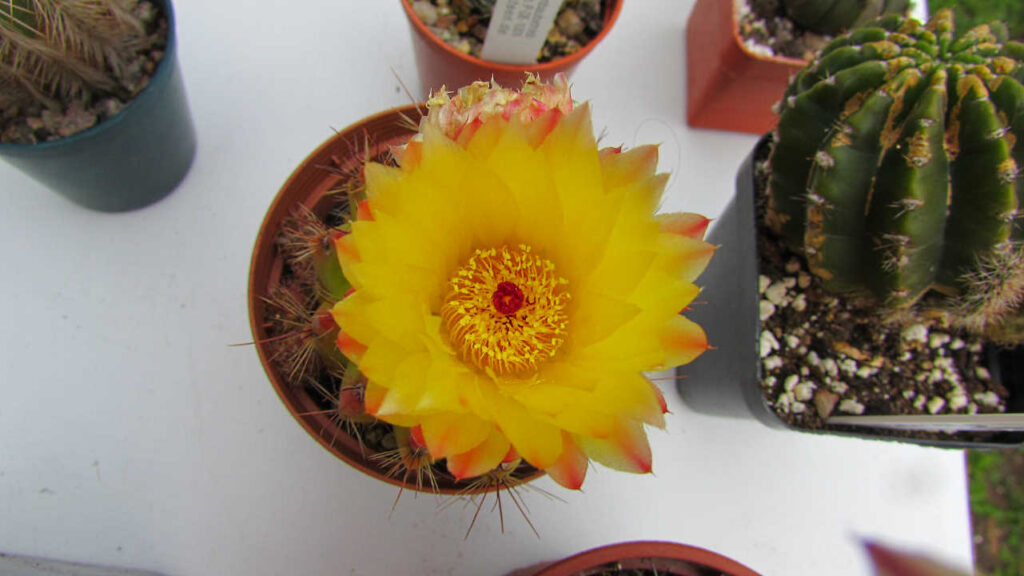
Parodia ottonis August 2025
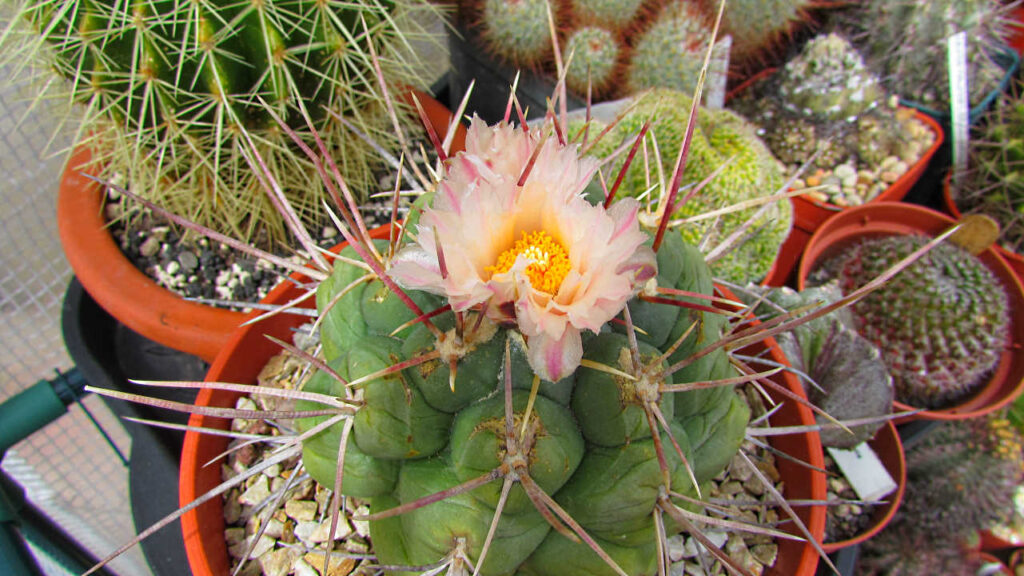
Thelocactus hexandrophorus August 2025
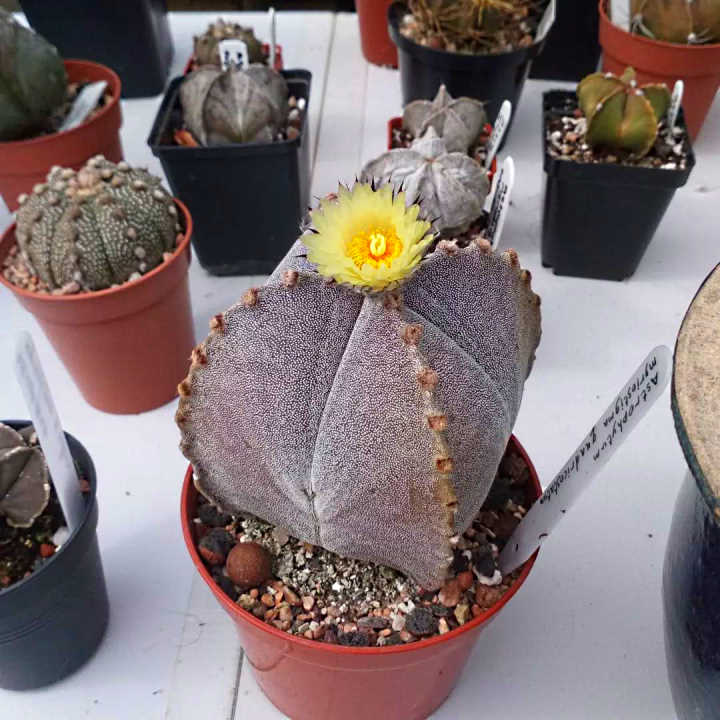
Astrophytum myriostigma quadricostatus August 2025
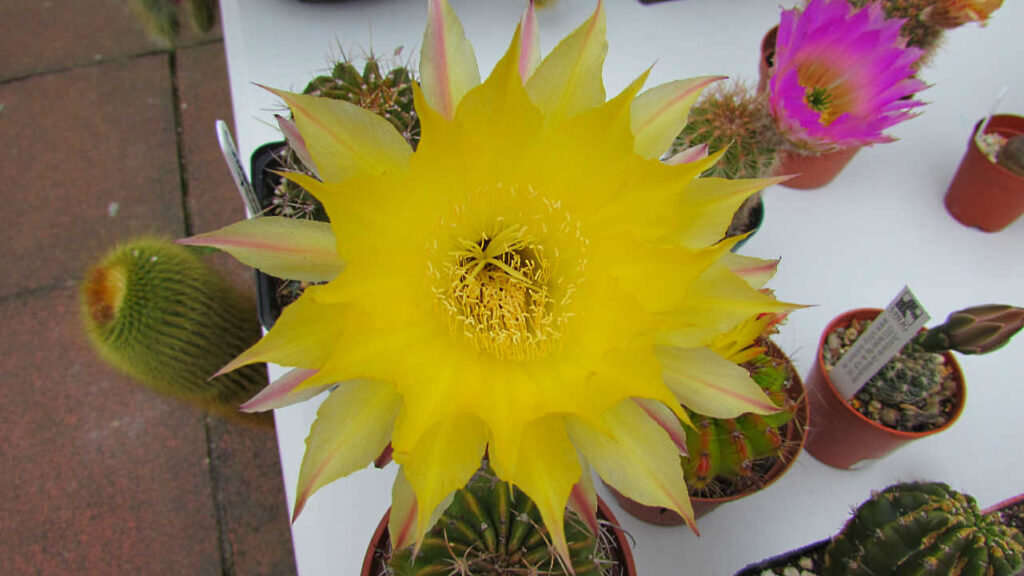
Echinopsis ( ID Unknown) August 2025
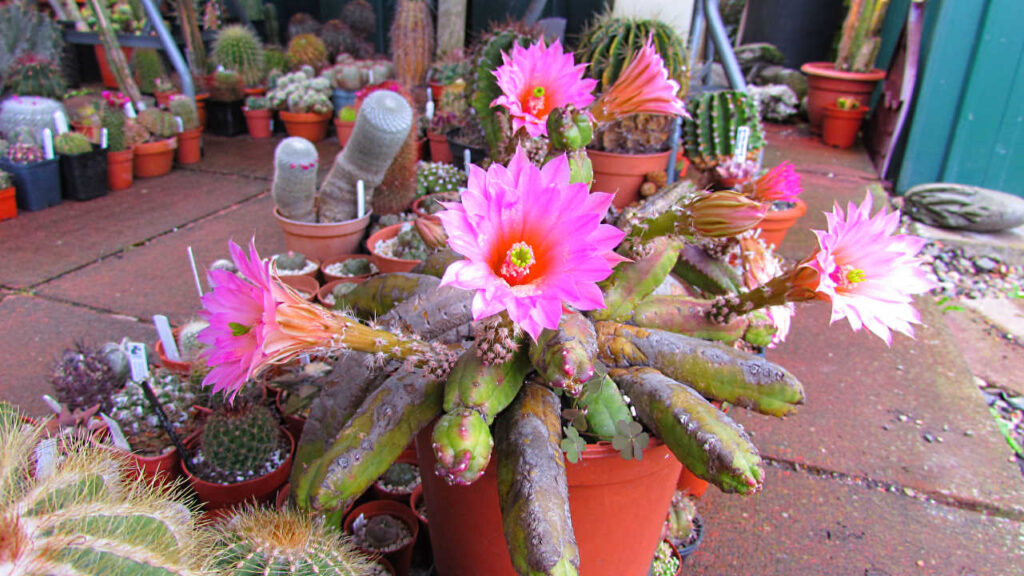
Echinocereus gentryi var. scheerii June & July 2025
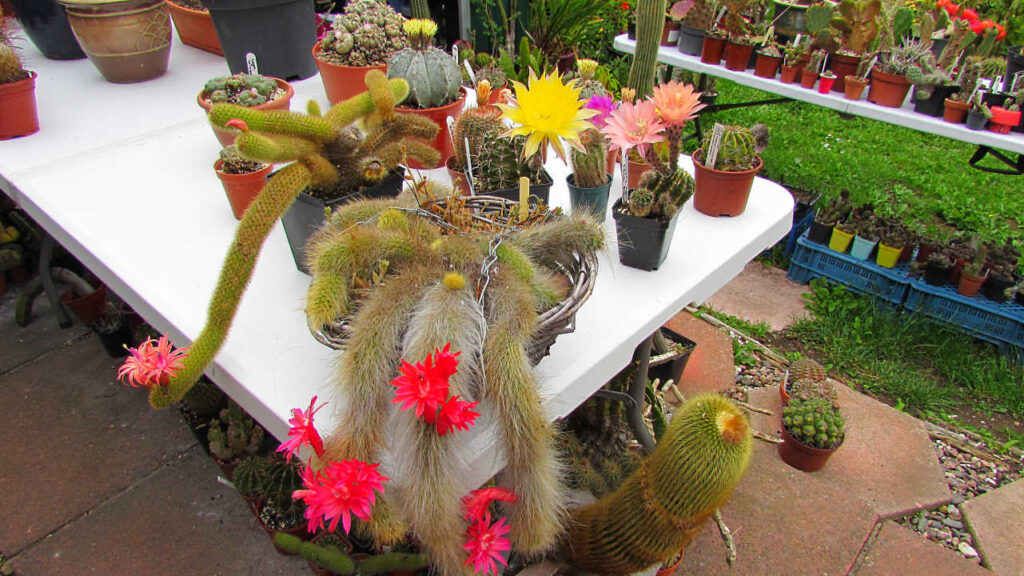
Some of my blooming stunners all together August 2025
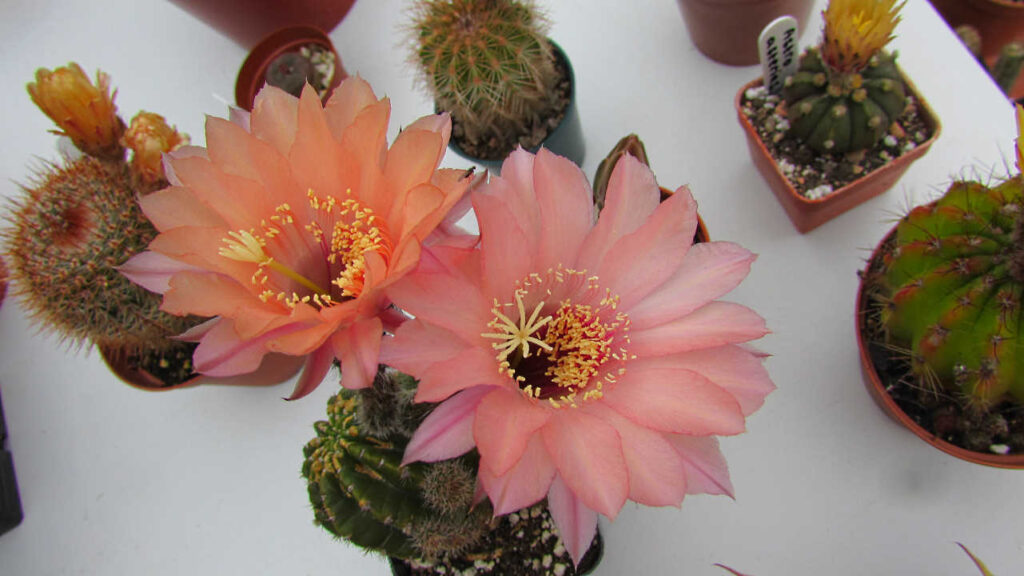
Echinopsis ( ID Unknown) August 2025
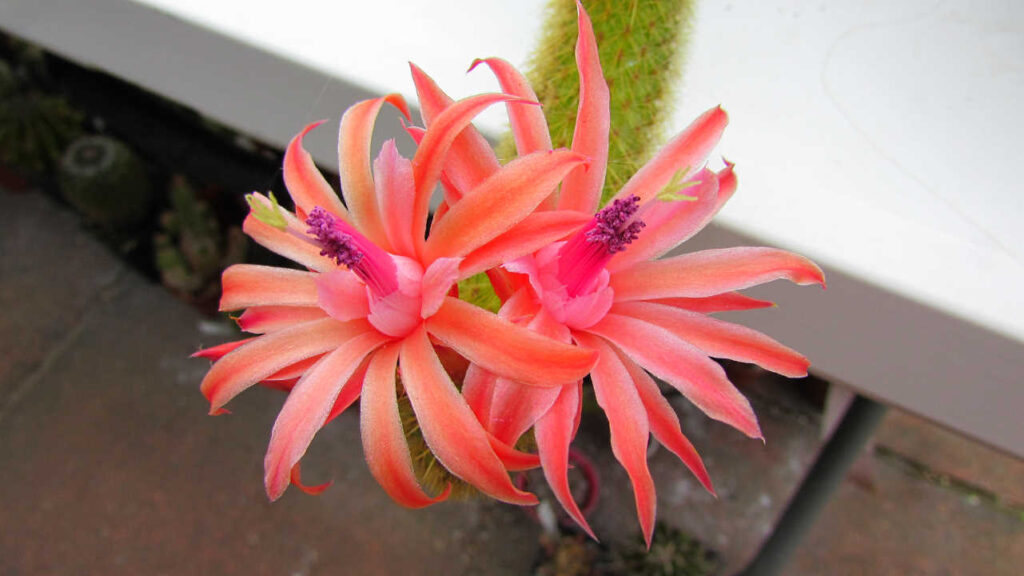
Clesitocactus winteri ‘Golden Rat’s Tail’ August 2025
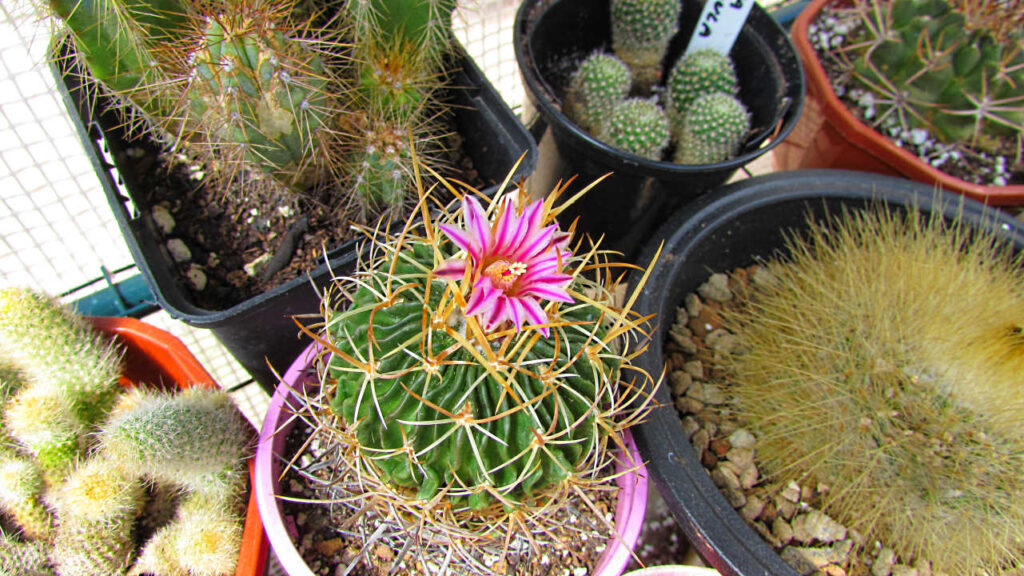
Stenocactus variety June 2025
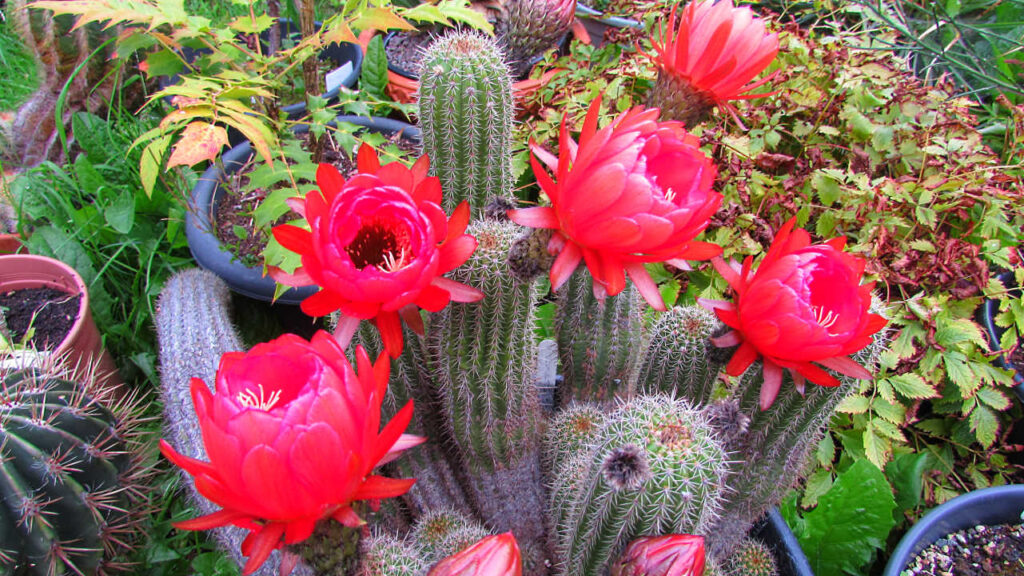
Trichocereus grandiflorus ‘Red Star’ July & August 2025
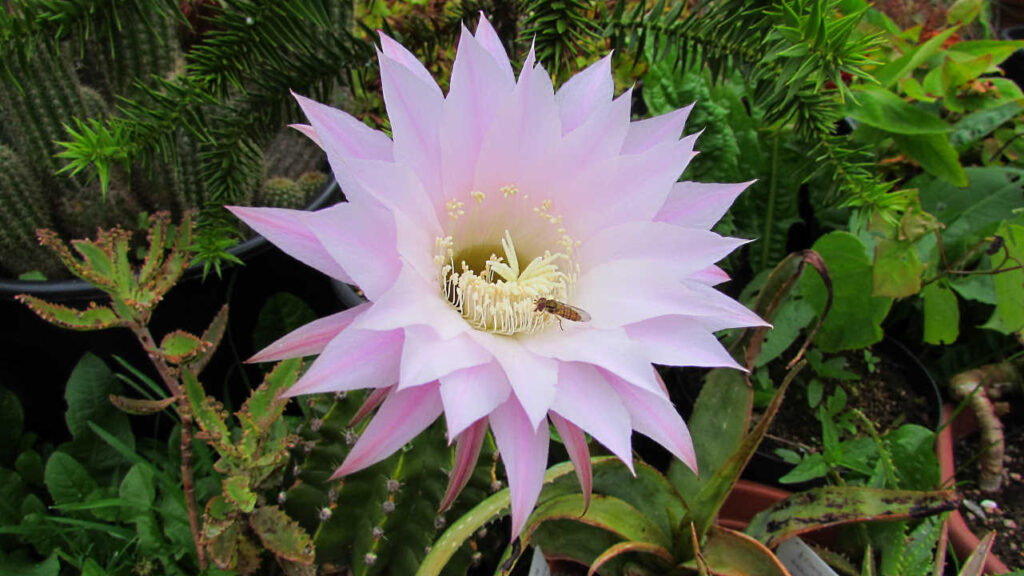
Echinopsis eyeresii August 2025
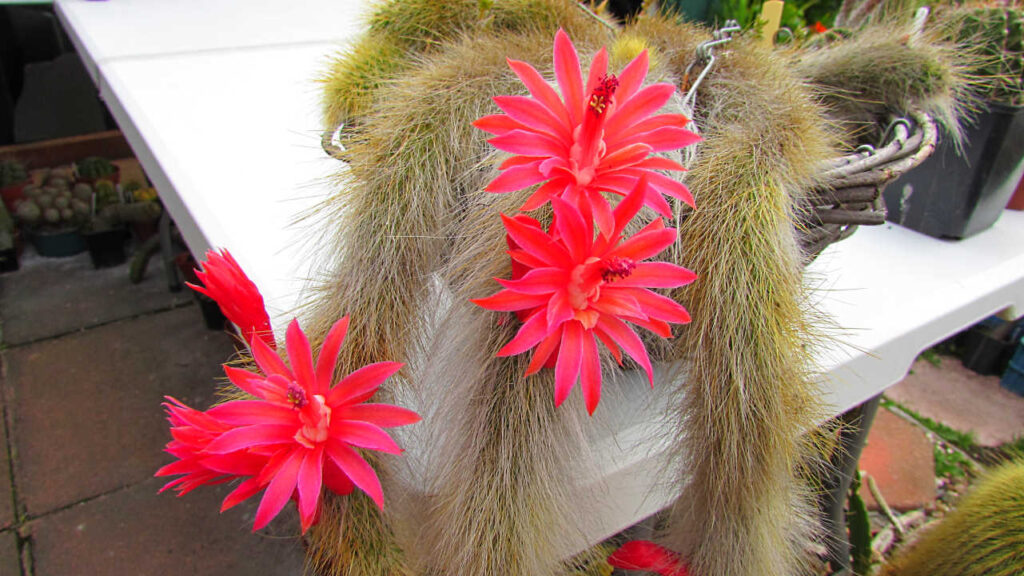
Cleistocactus colademononsis ‘Monkey’s Tail’ August 2025
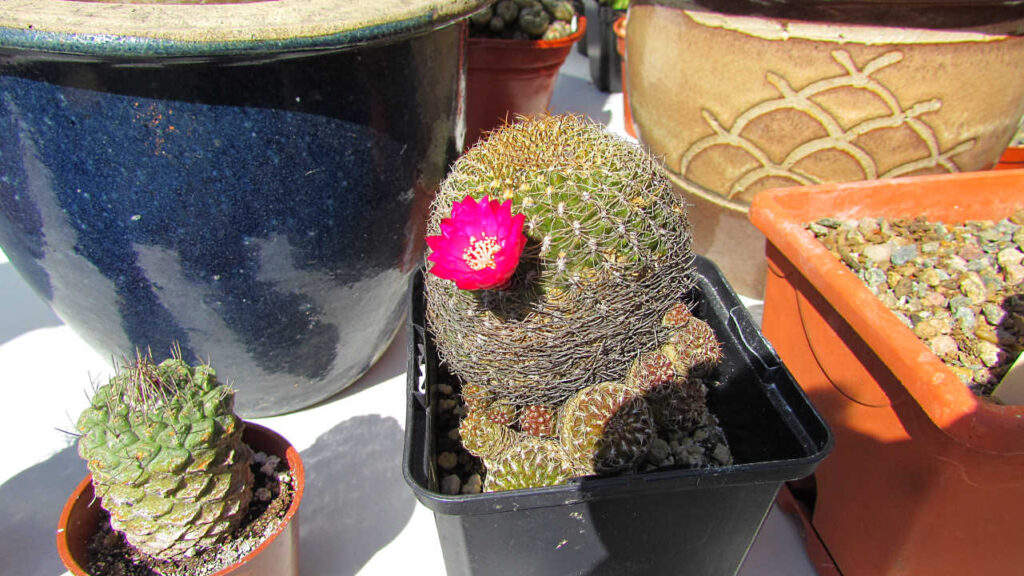
Sulcorebutia ( ID Unknown) June 2025
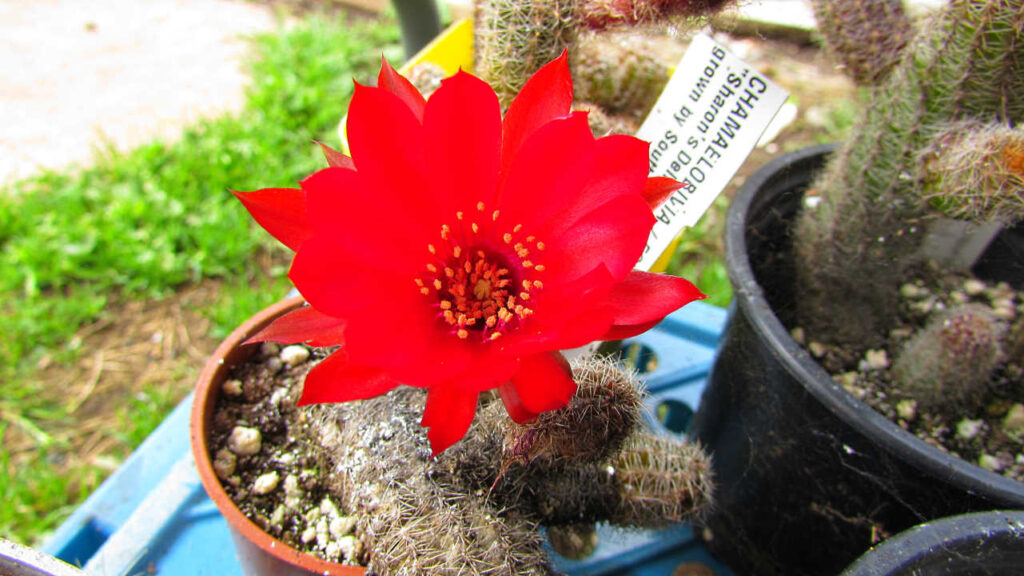
Chamaelobivia ‘Sharon’s Delight’ June 2025
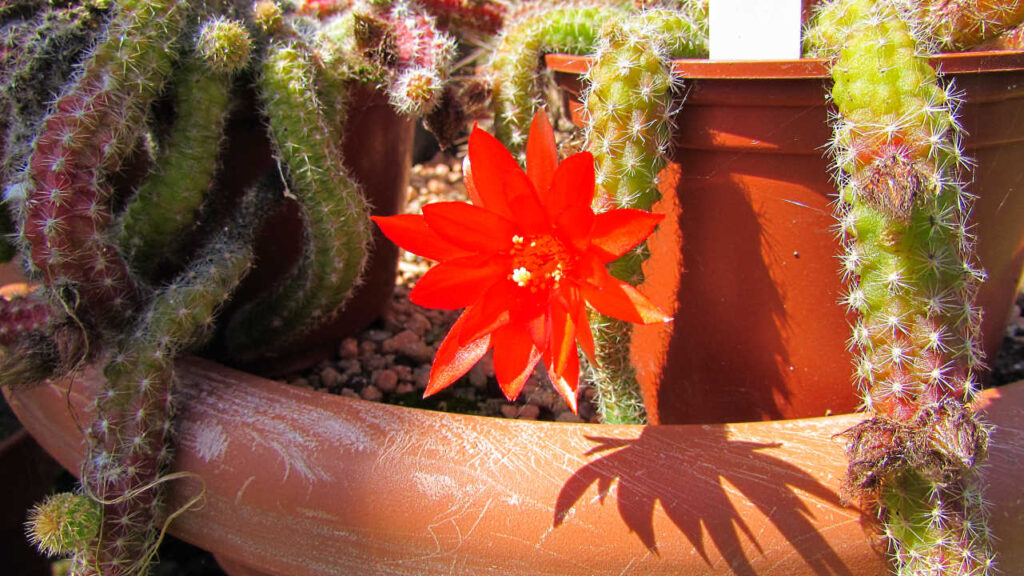
Chamaecereus silvestrii July 2025
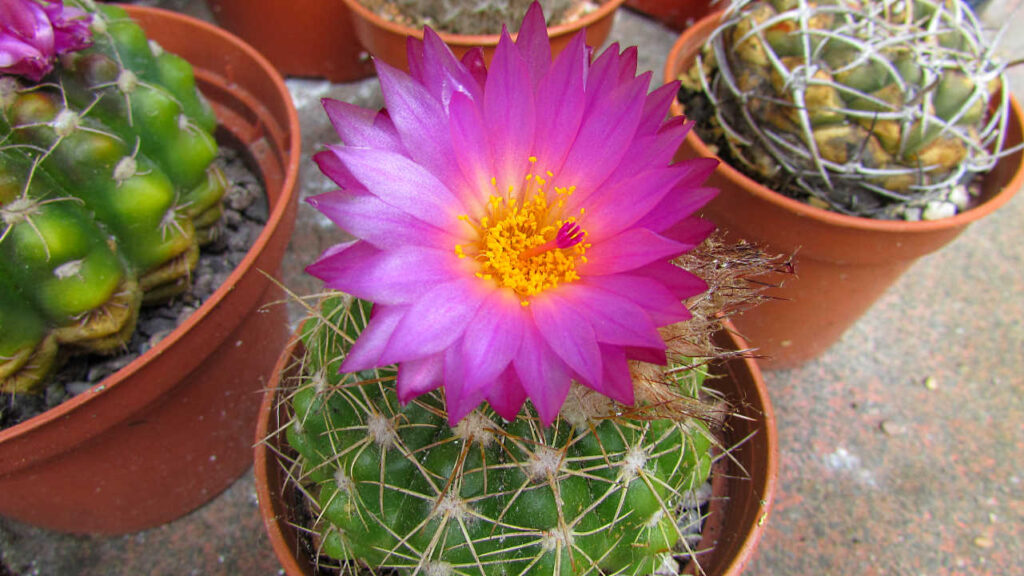
Parodia ottonis June 2025
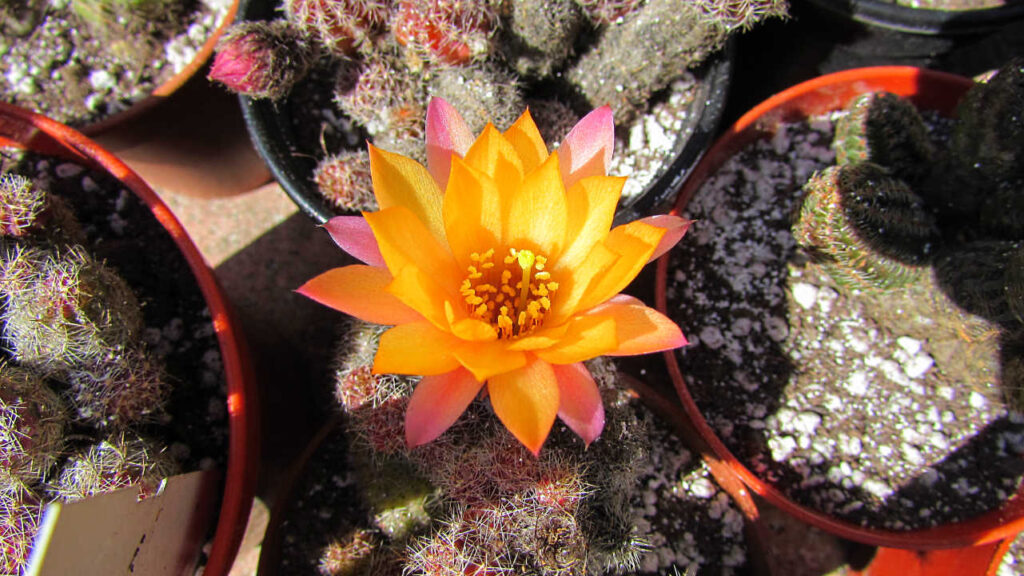
Chamaelobivia ( ID Unknown) June 2025
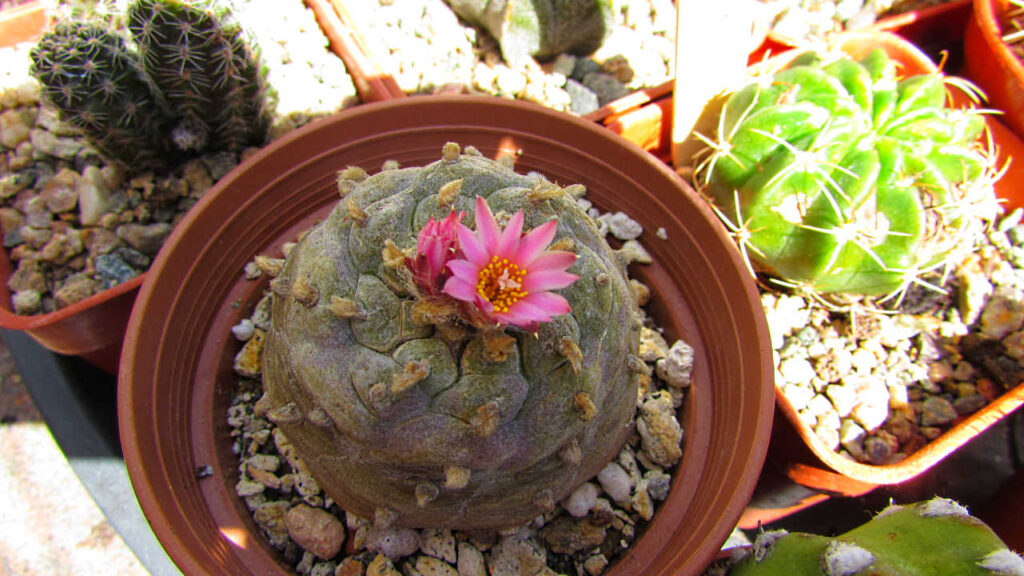
Lophophora fricci August 2025
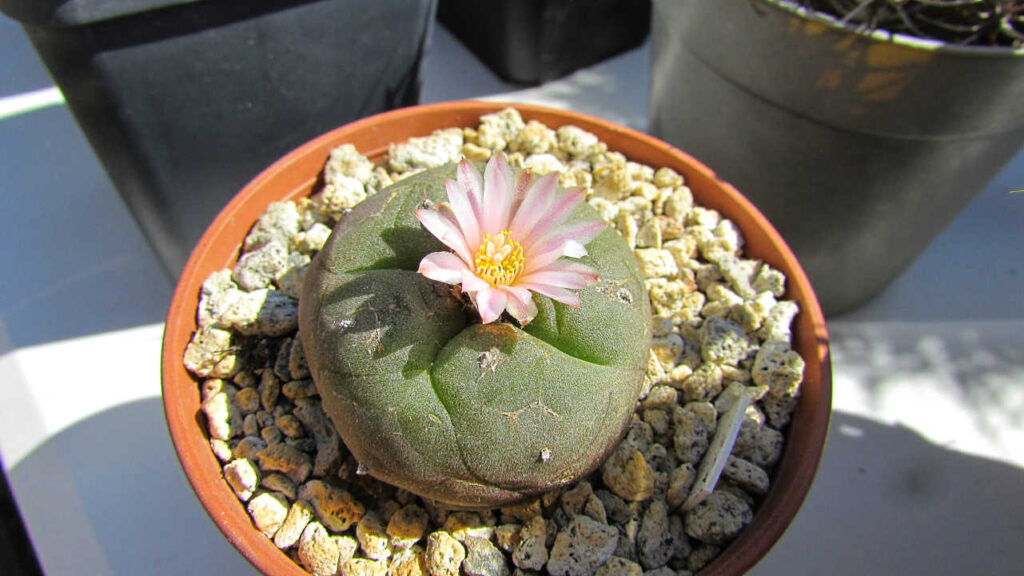
Lophophora williamsii August 2025
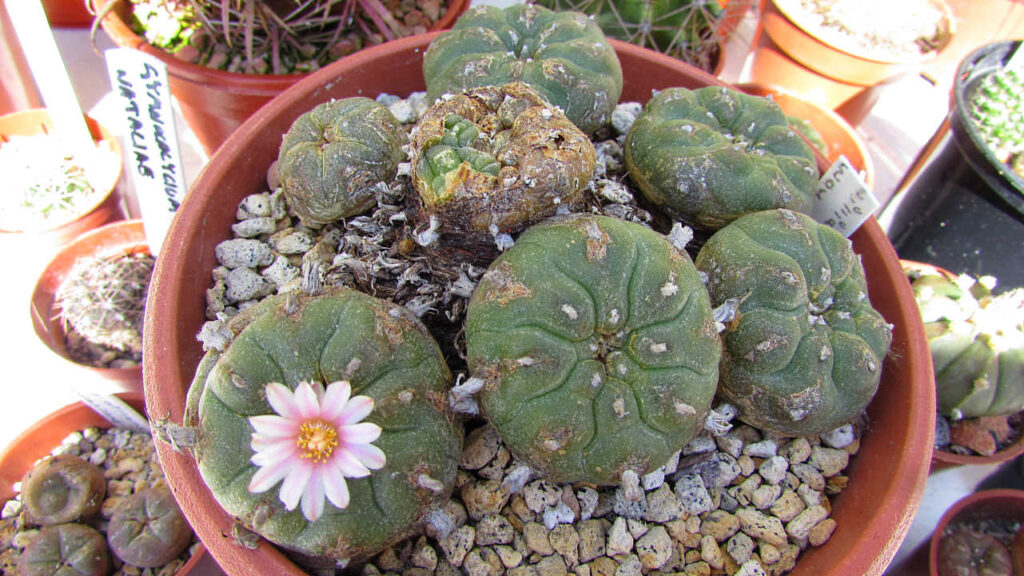
Lophophora williamsii July 2025
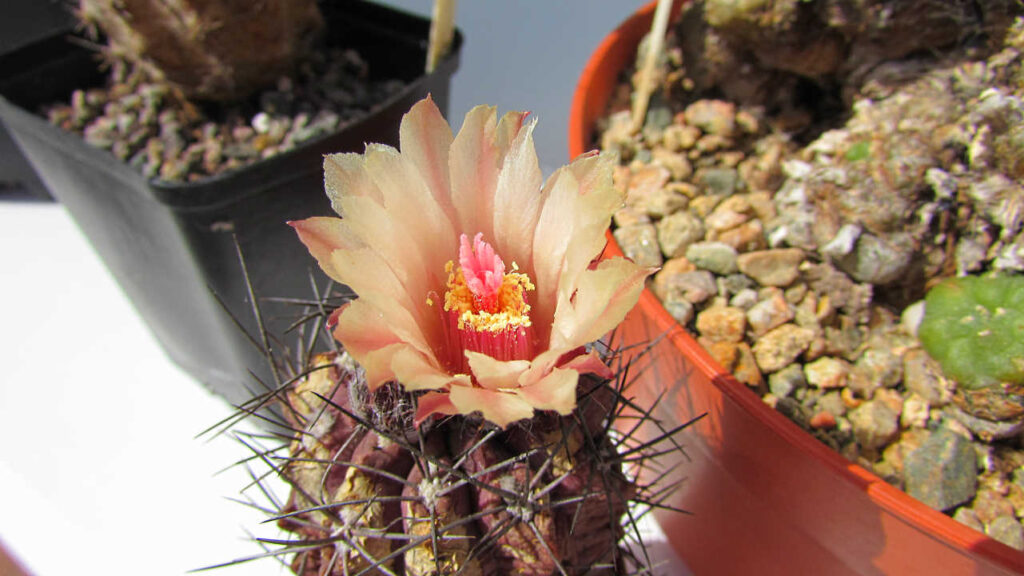
Neoporteria/Eriocyse paucicostata July 2025
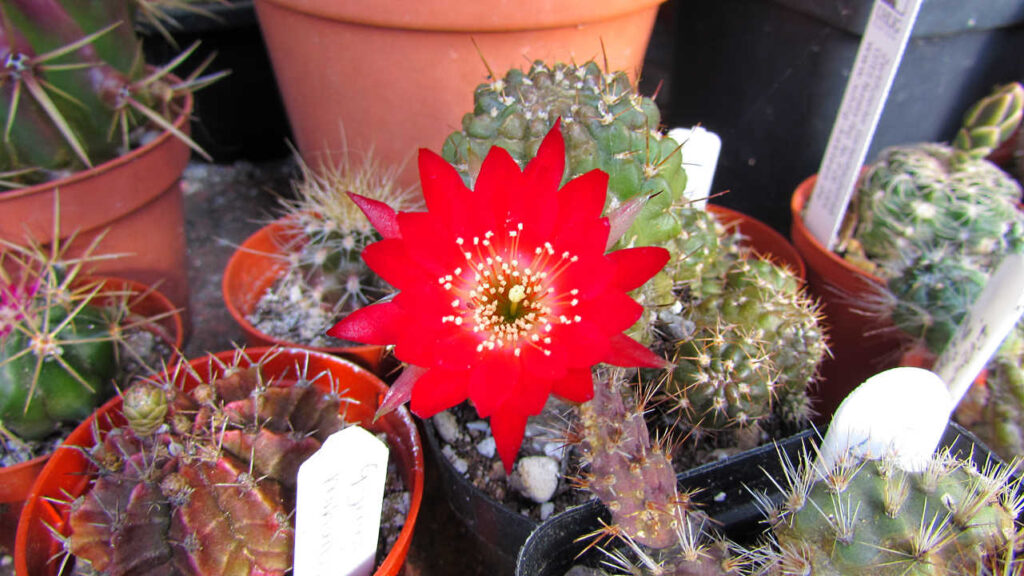
Rebutia ( ID Unknown) June 2025
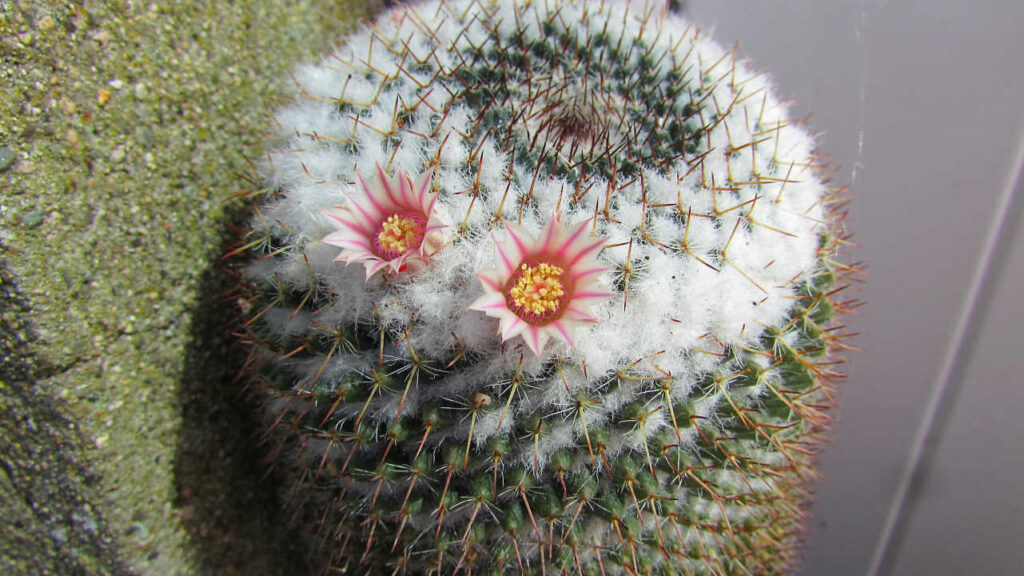
Mammillaria formosa July 2025
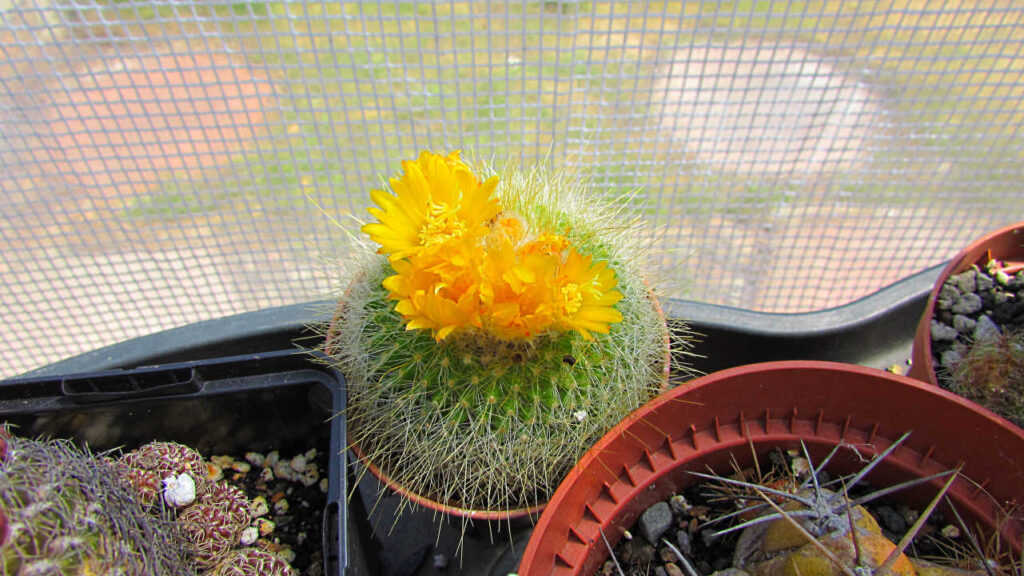
Parodia chrysacanthion June 2025
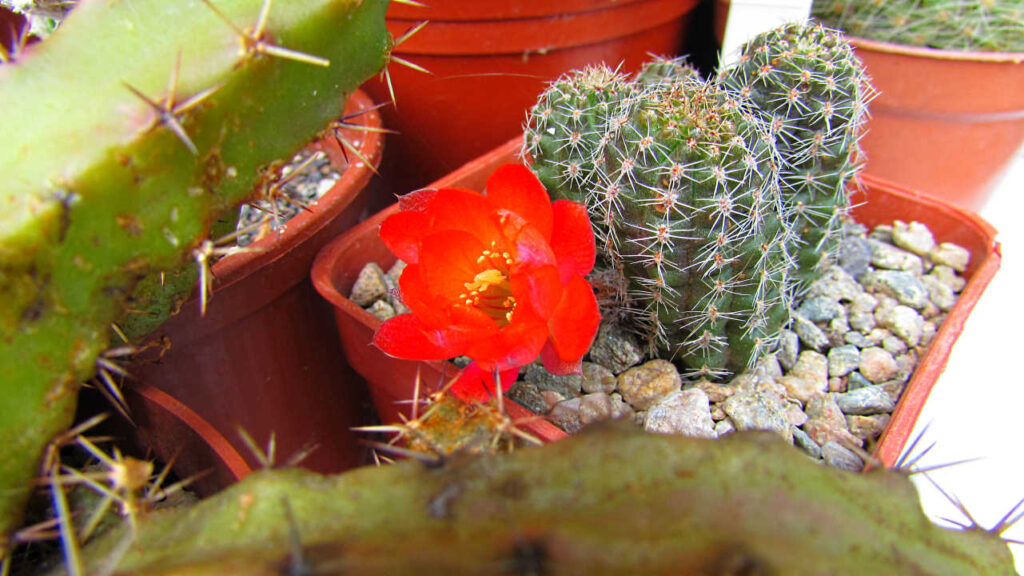
Rebutia variety June 2025
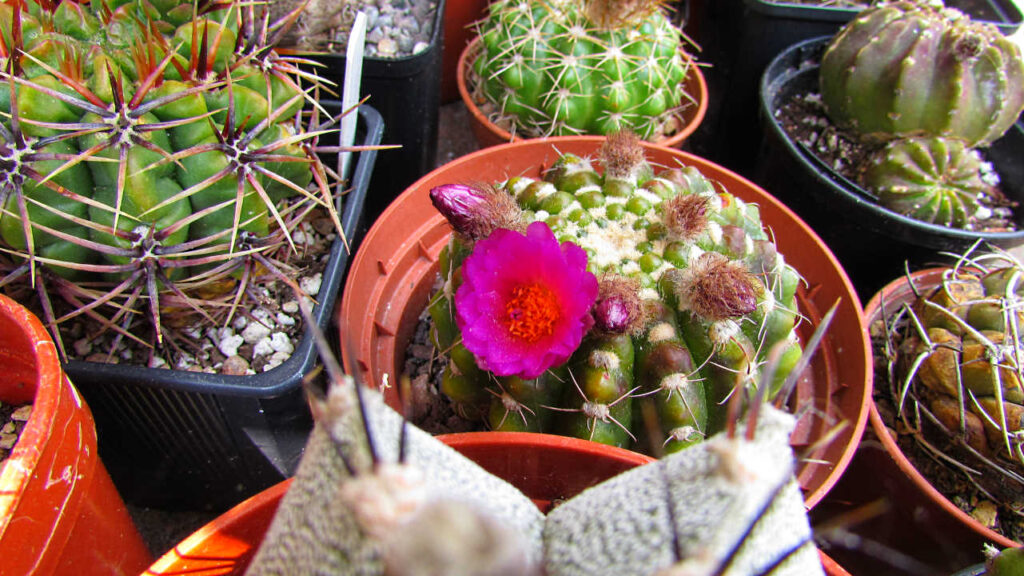
Parodia crassigibba July 2025
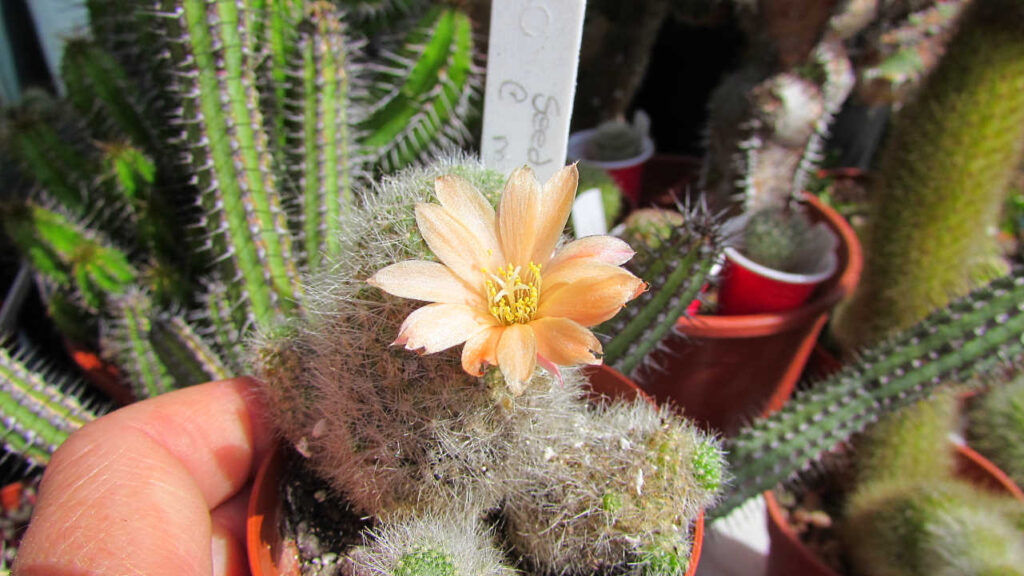
Rebutia ‘Apricot Ice’ June 2025

Mammillaria hahniana June 2025
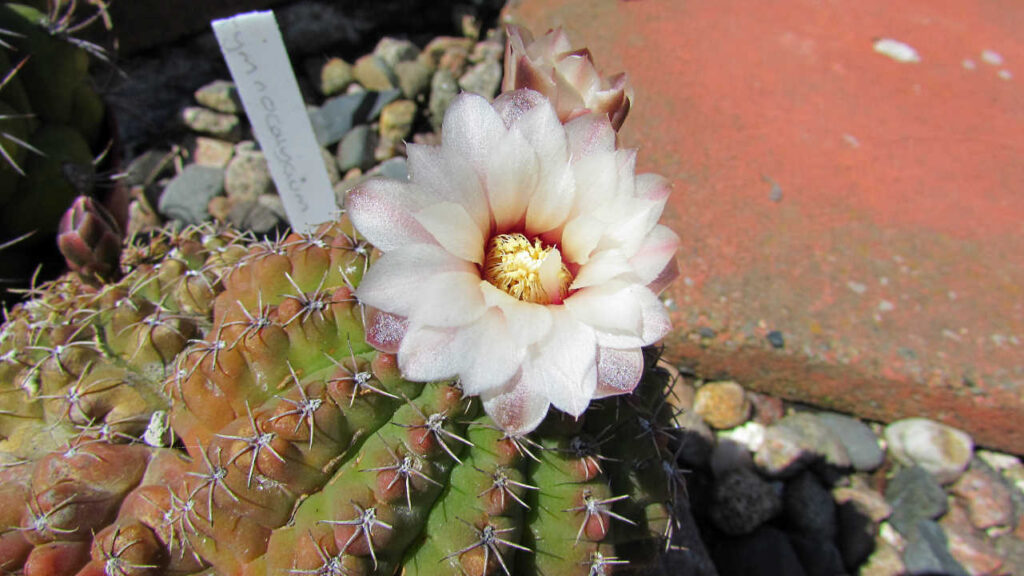
Gymnocalycium variety August 2025
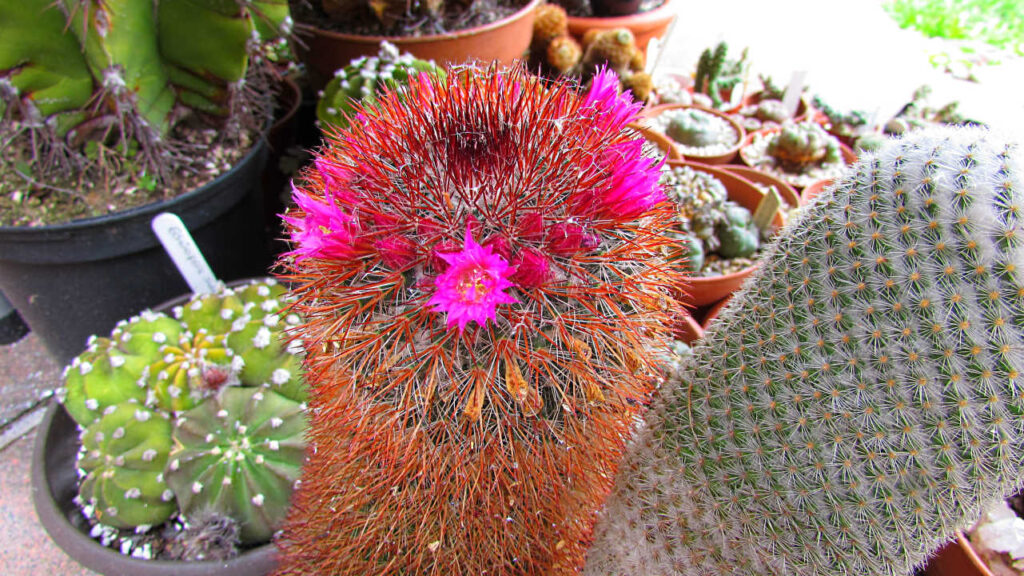
Mammillaria spinosissima July 2025
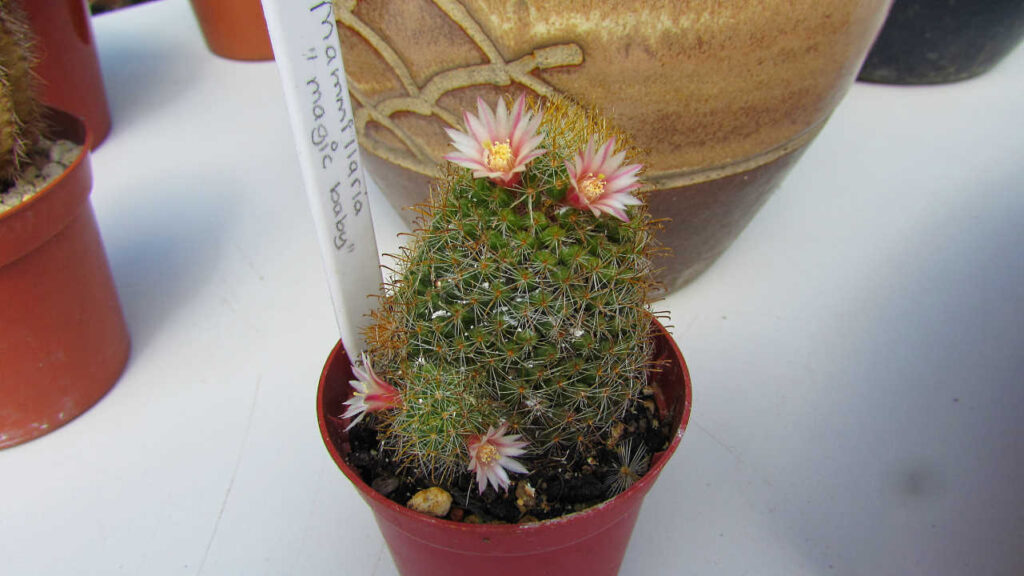
Mammillaria ‘Magic Baby’ June & July 2025
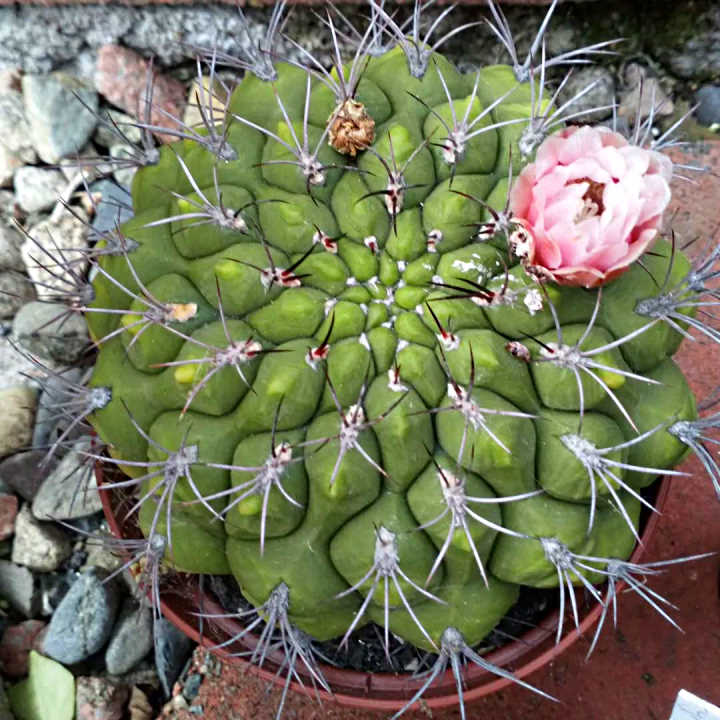
Gymnocalycium saglionis August 2025
If you want to know how to get your Cacti and Succulents to Flower then you can watch my video on my You Tube channel Called Desert Plants of Avalon and you can watch this video below:
If you want to know how to get your cacti to flower ALL year round then you can watch my video on my You Tube channel called Desert Plants of Avalon and you can watch this video below:
Thanks so much for reading everyone and if you want to know more about growing cacti and succulents then do please subscribe to my You Tube Channel called Desert Plants of Avalon where I share lots of Tips and Tricks on growing these awesome weird and wacky plants.
Wishing you all a blooming amazing rest of the growing season.










